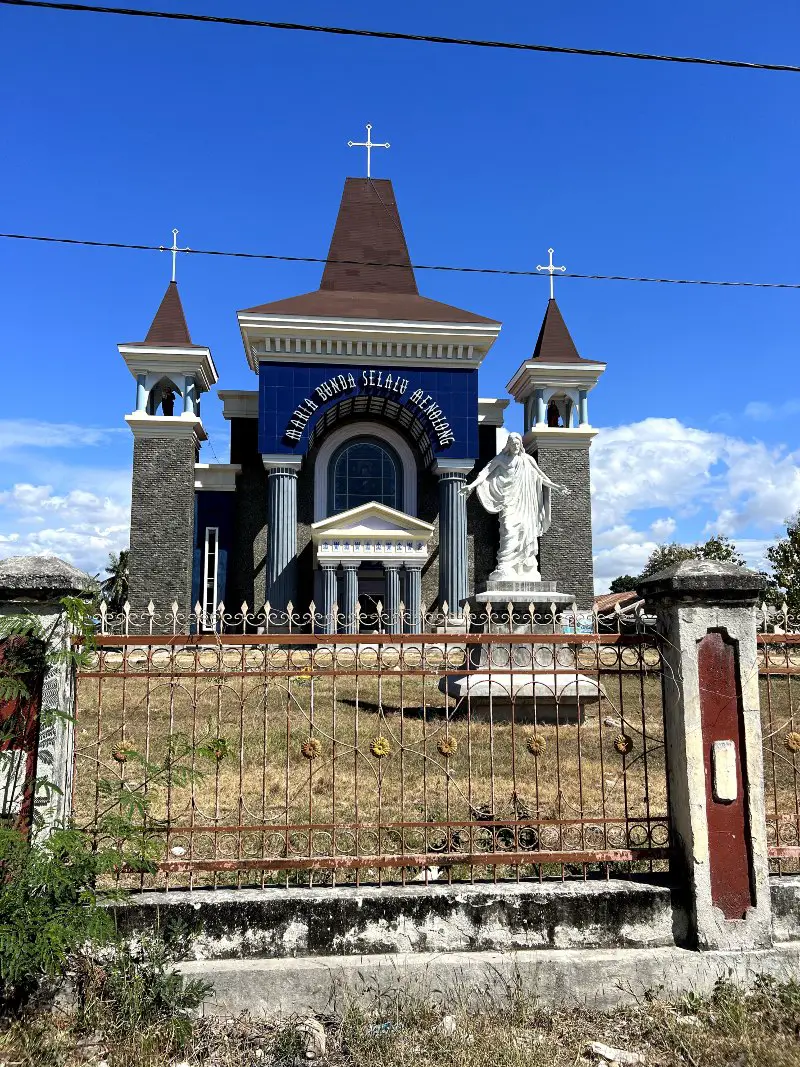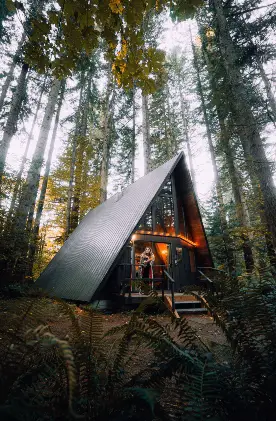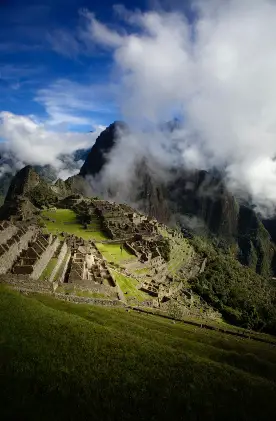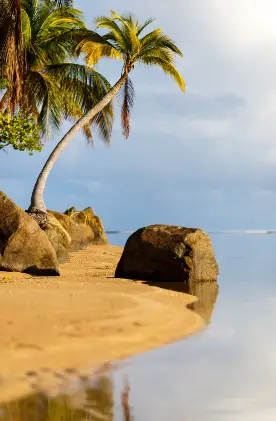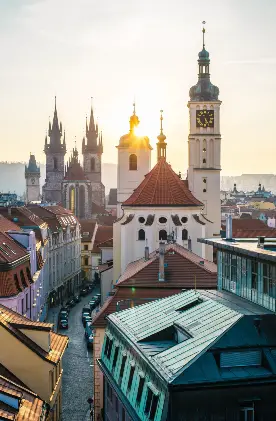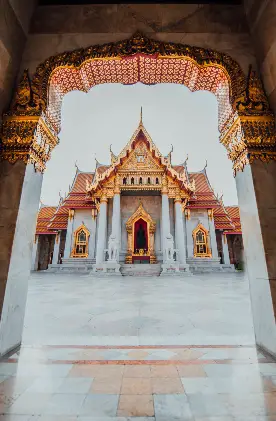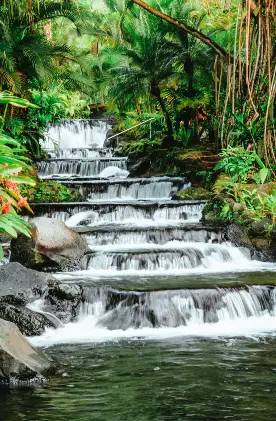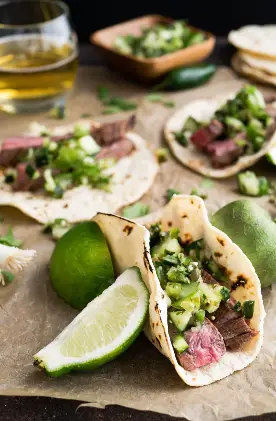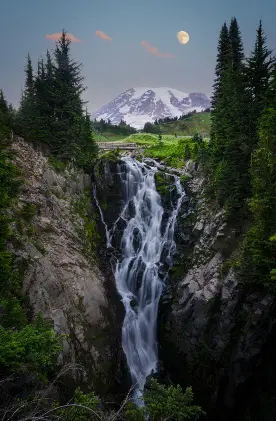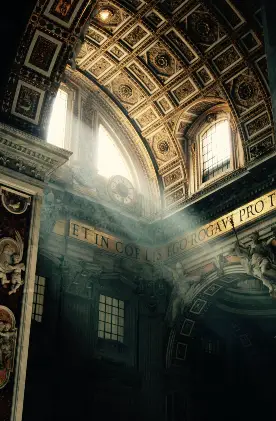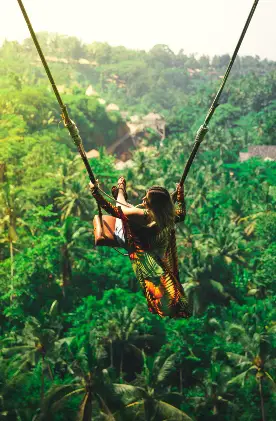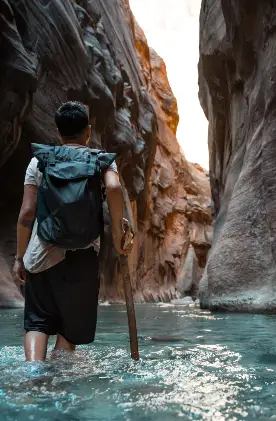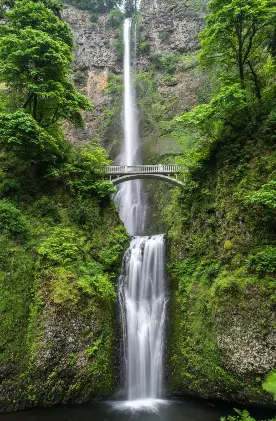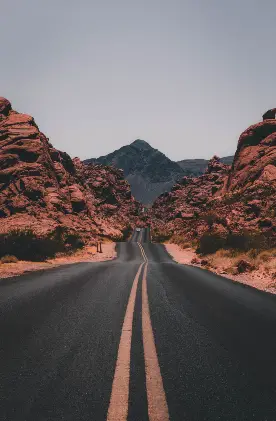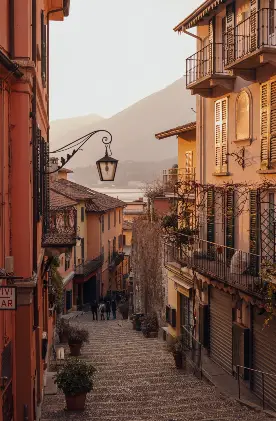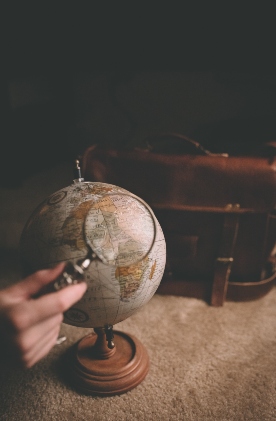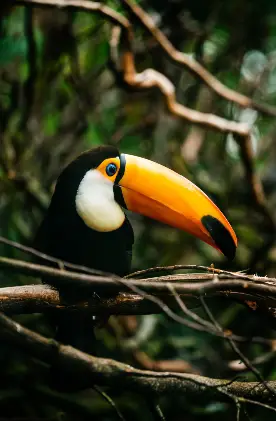The only way to describe Sumba is wild. This untouched island, located just over an hour’s flight from Bali, offers travelers an endless array of nature-based experiences to enjoy. From marveling at towering waterfalls surrounded by emerald-green landscapes to capturing photos of dancing trees emerging out of the sea, Sumba is a paradise waiting to be explored.
In addition to its scenery Sumba is also known for its wild horses, traditional villages with houses that boast peaked thatched roofs, and hospitable locals who welcome visitors with open arms. Indeed, after spending a week in Sumba I can safely say that the people here are some of the friendliest folks on the planet. As my partner and I discovered the island on a scooter, we were greeted with smiles and waves pretty much everywhere we went – especially by the young kids who were walking to and from school.
Because Sumba is twice the size of Bali, you need at least a week to visit both sides of the island. The main airport is in the west and is called Tambolaka Airport. We arrived in Tambolaka via Lion Air and had a driver pick us up, which was organized by our hotel. We then rented a scooter for a few days and ticked off some of the west side’s attractions including Waikuri Lagoon, Ratenggaro Village and Waikelo Sawah Waterfall.
The only viable way to traverse the island from west to east, or vice versa, is to book a private driver. This journey takes up to five hours, with a price tag of Rp 1,000,000 – since the driver has to make the return trip. It’s a relatively comfortable drive but does get a little windy once you enter the hilly eastern side. Keep in mind that if you leave Sumba from Tambolaka Airport, you have to drive back across the island before your flight. Otherwise you could always book a flight out of Sumba from Waingapu Airport.
East Sumba has just as many things to do as the west, but its offerings are different: the Dancing Trees at Walakiri Beach, spectacular waterfalls (the best on the island), wild horses everywhere and amazing hilltop views. Again, we explored this side of Sumba on scooters and had a blast. Although we got lost many times, with Google Maps doing its utmost to take us on as many detours as possible, we enjoyed every single moment. Despite the challenge of driving on your own, it’s worth it.
We didn’t see one other tourist driving on scooters on our trip, since visitors are encouraged to hire local drivers for excursions. But in my opinion, you miss out on so much by being in a car. The little moments of kids waving at you, seeing locals riding horses and giving you the “thumbs up”, pulling up to a makeshift petrol station on the side of the road to get refueled via plastic bottles and chatting away with the locals, and hooning down straights with horses in the background – all of it was special.
Sumba is a safe place, without doubt, and we only had positive interactions with the locals. Of course, this kindness shouldn’t be taken for granted – it’s important to respect the customs and traditions of the Sumbanese people, and tip (if you can) for the quality service you receive. The only difficulty we faced was using the ATMs. It’s recommended to bring some extra cash with you in case the ATMs run out of money or are broken for whatever reason.
We traveled to Sumba in June and enjoyed fantastic weather. A couple of times the clouds rolled in and threatened to rain, but never did. As a general rule, you should visit from May – October because this is the dry season. For me, this island makes for the perfect addition to Bali, as you can avoid the crowds and fully immerse in nature. There are endless things to do in Sumba but the activities mentioned below are a great starting point.
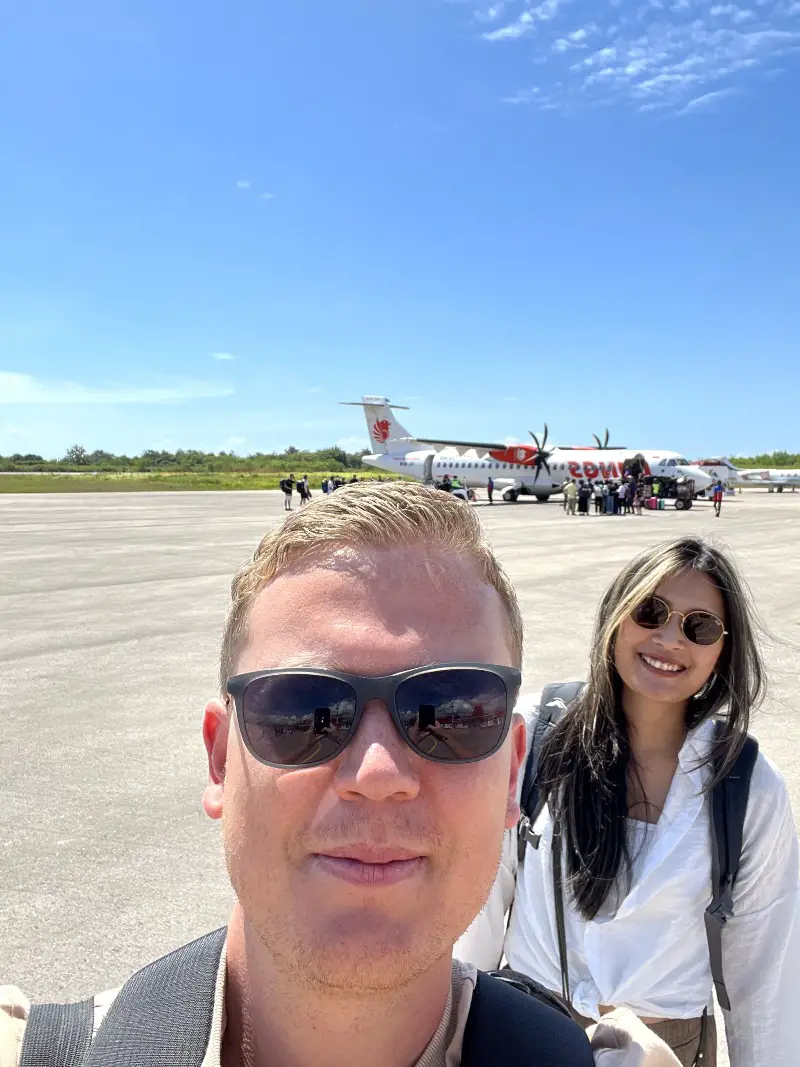
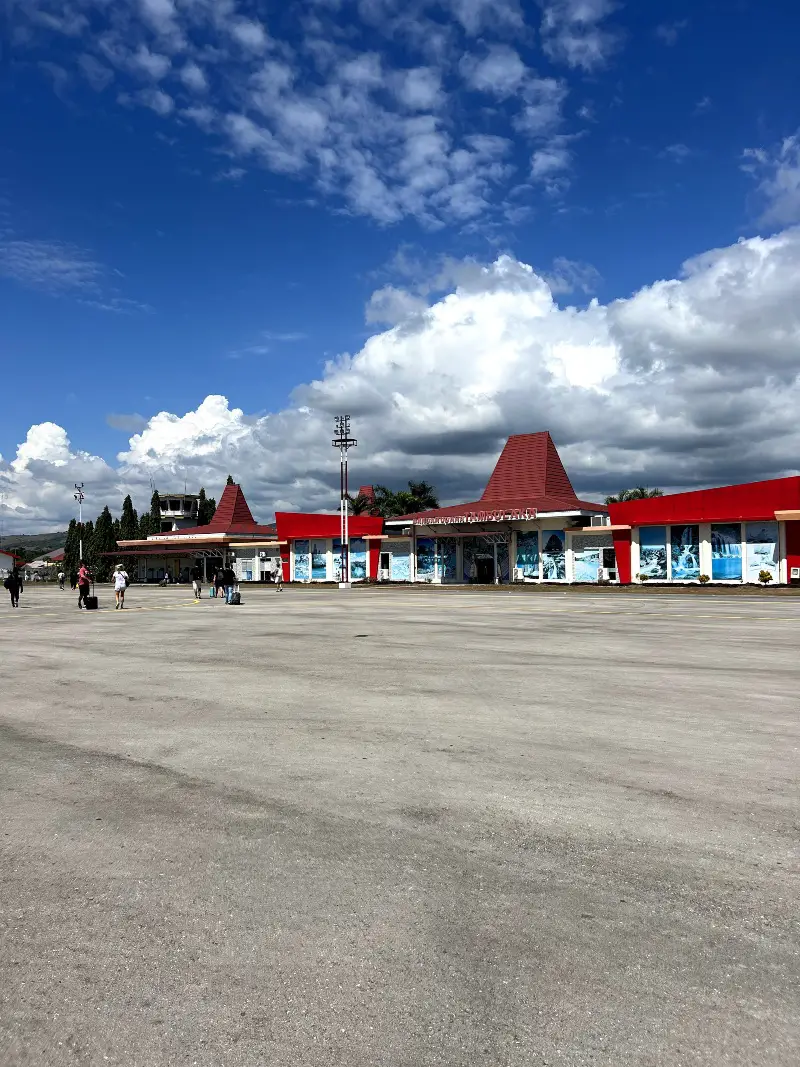
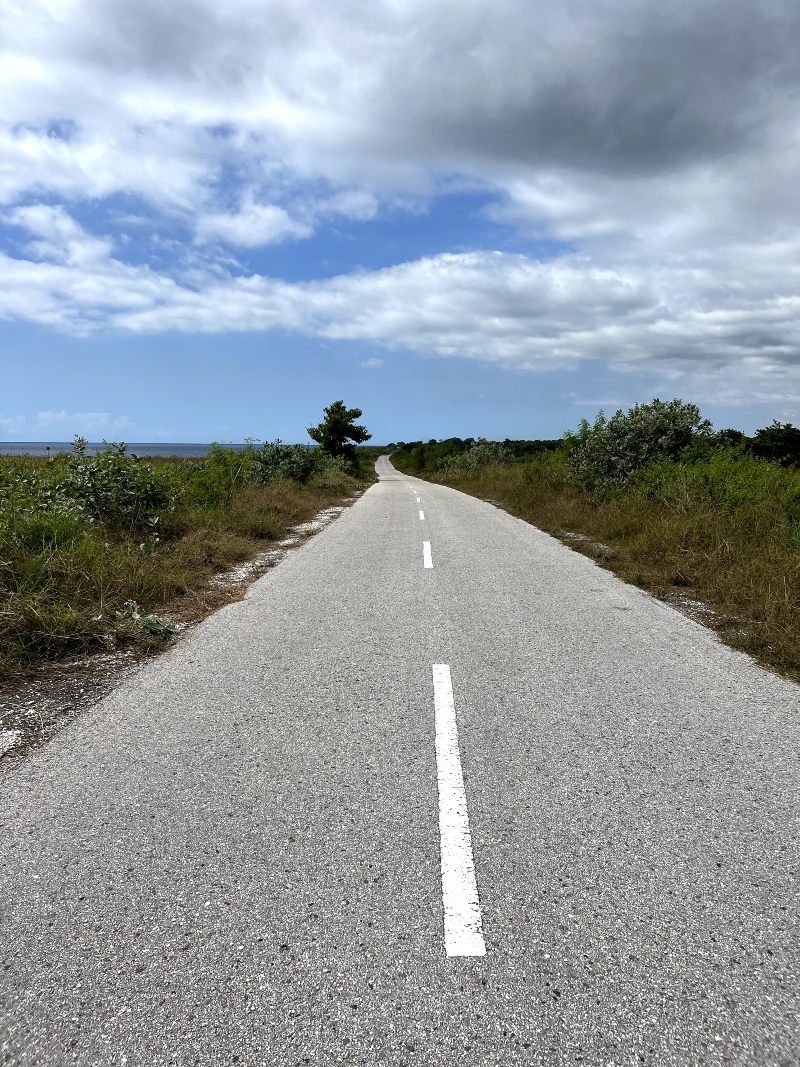
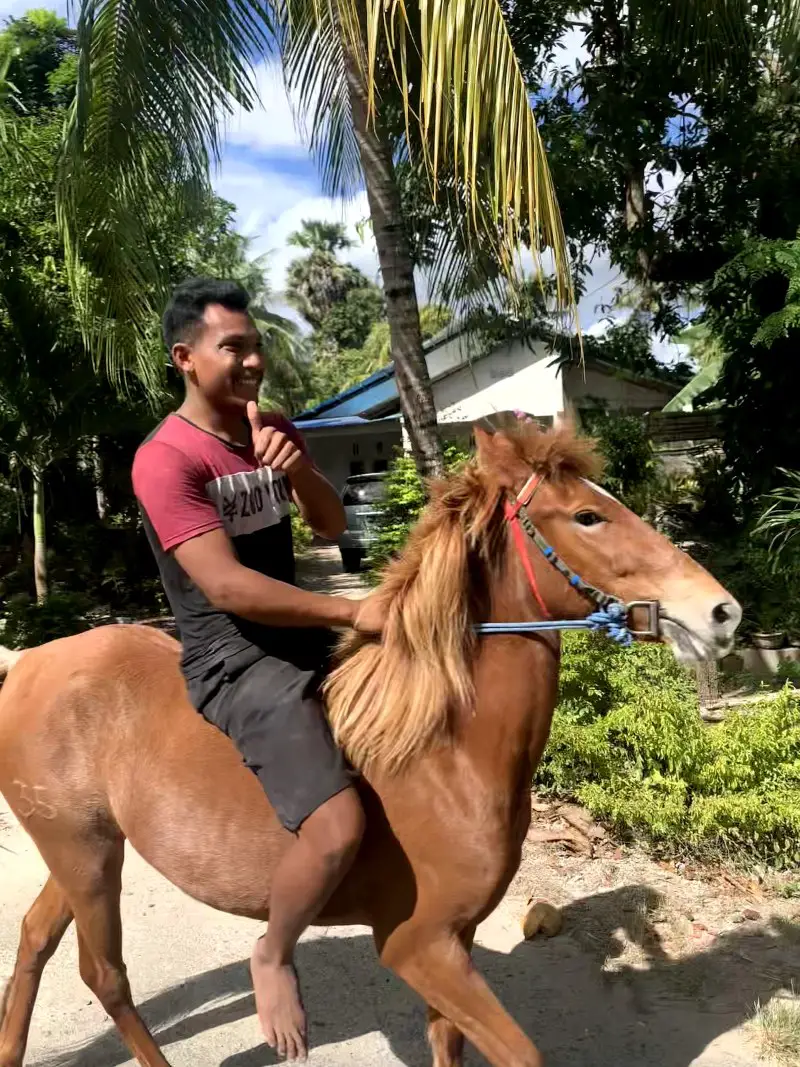
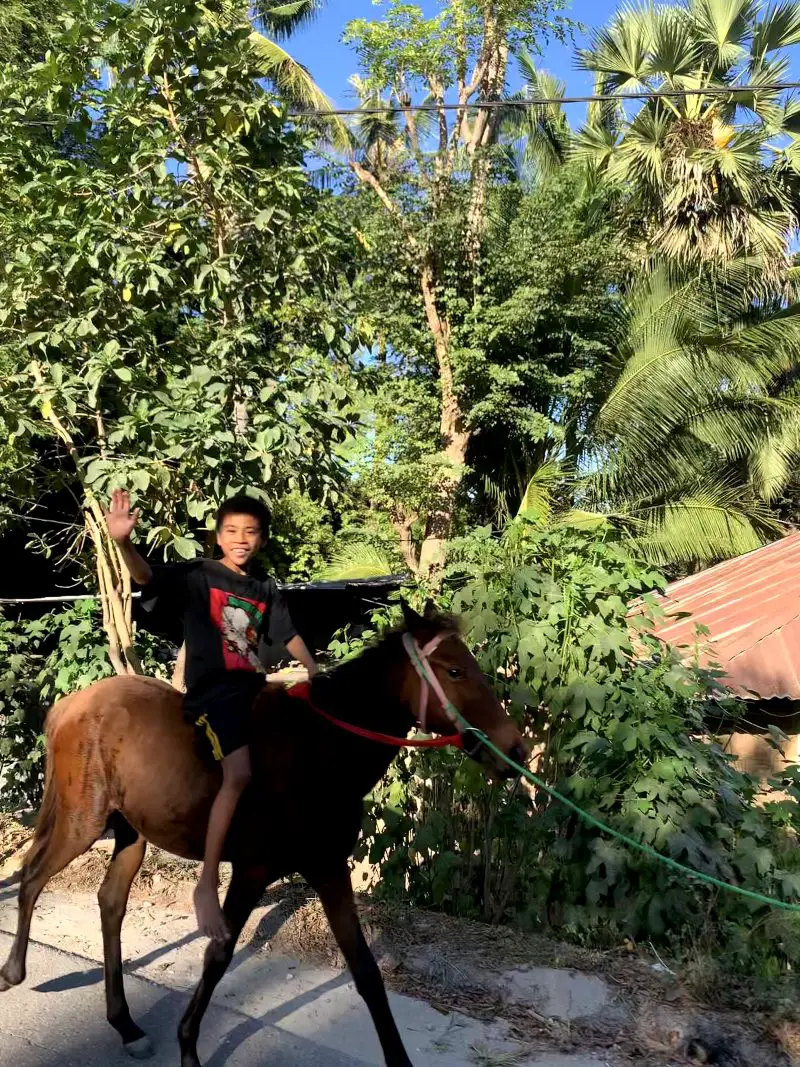
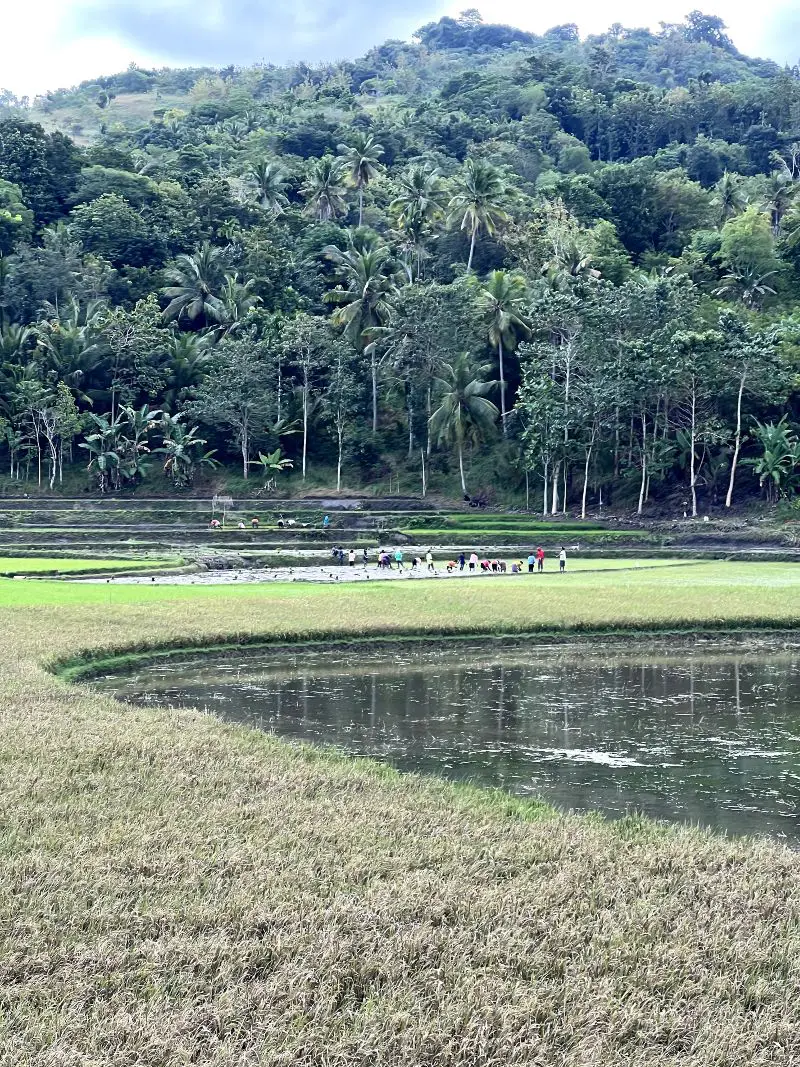
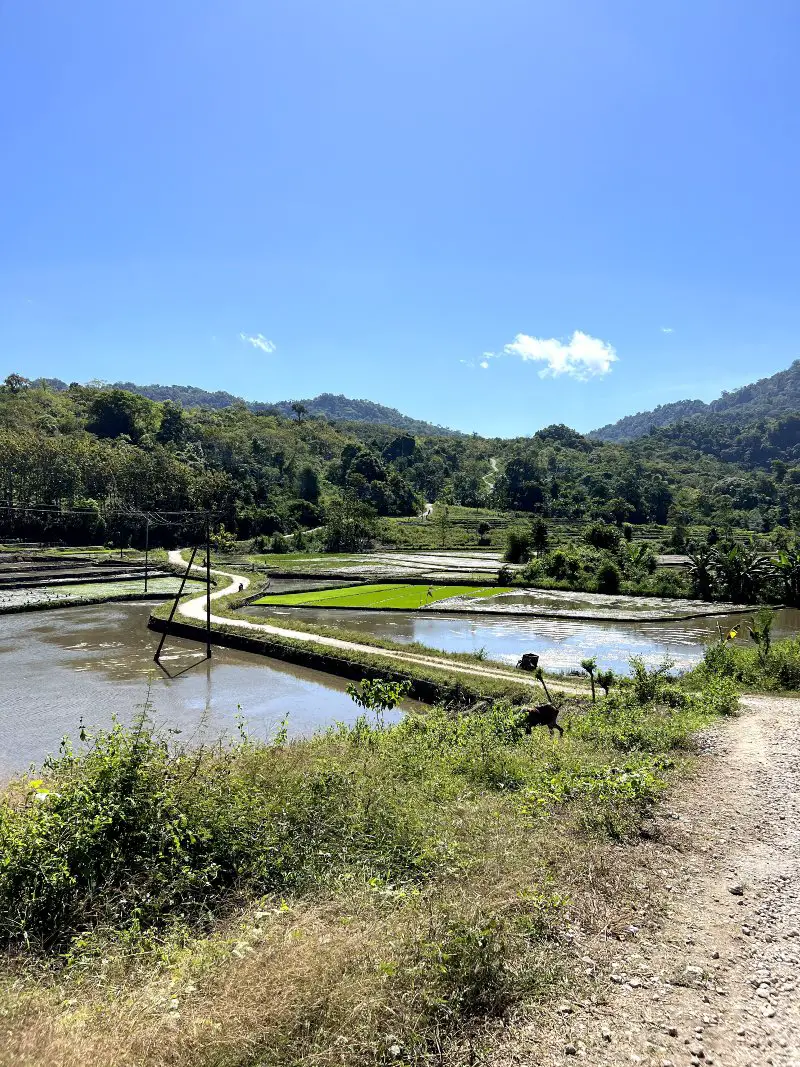
18 Awesome Things To Do in Sumba
1. Check Out the Beautiful Waters of Waikuri Lagoon
Waikuri Lagoon is on the west side of Sumba and features turquoise waters surrounded by lush greenery. Visitors can walk around the lagoon, take photos at different lookouts and jump in for a swim from one of the wooden structures. Local vendors also greet you there to sell cold coconuts, SUP rentals or “photography services” for a tip. In fact, it was a group of kids who ended up following us around and taking pictures of us. They also told us how to get to another gem nearby called Mandorak Beach.
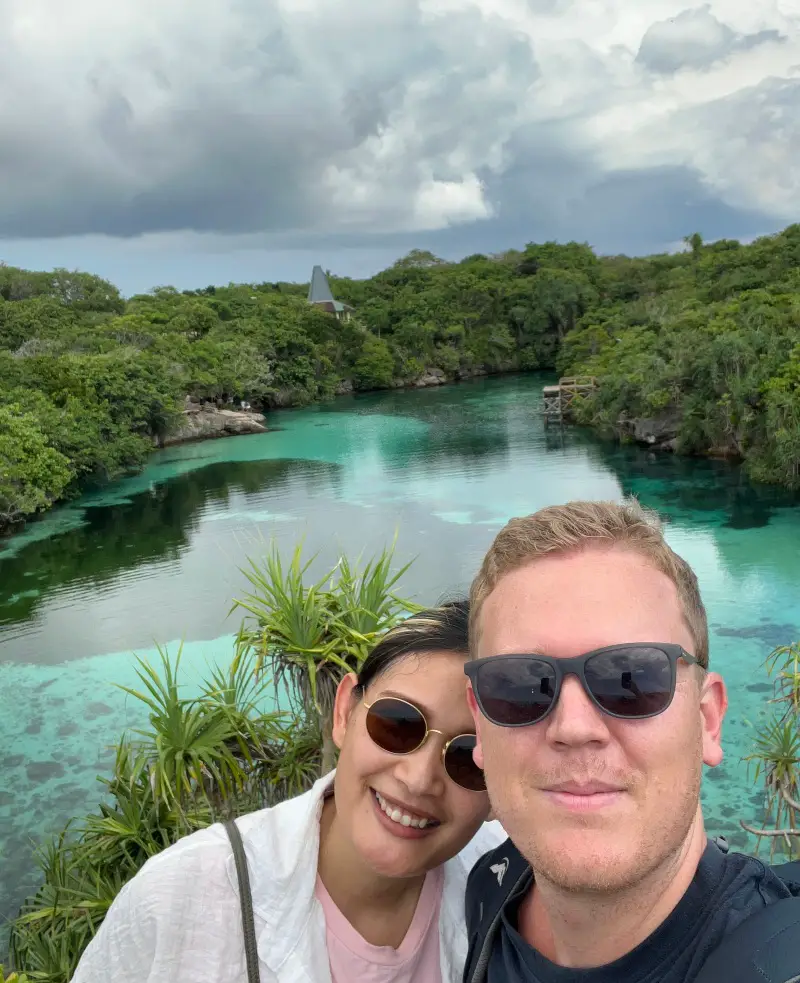
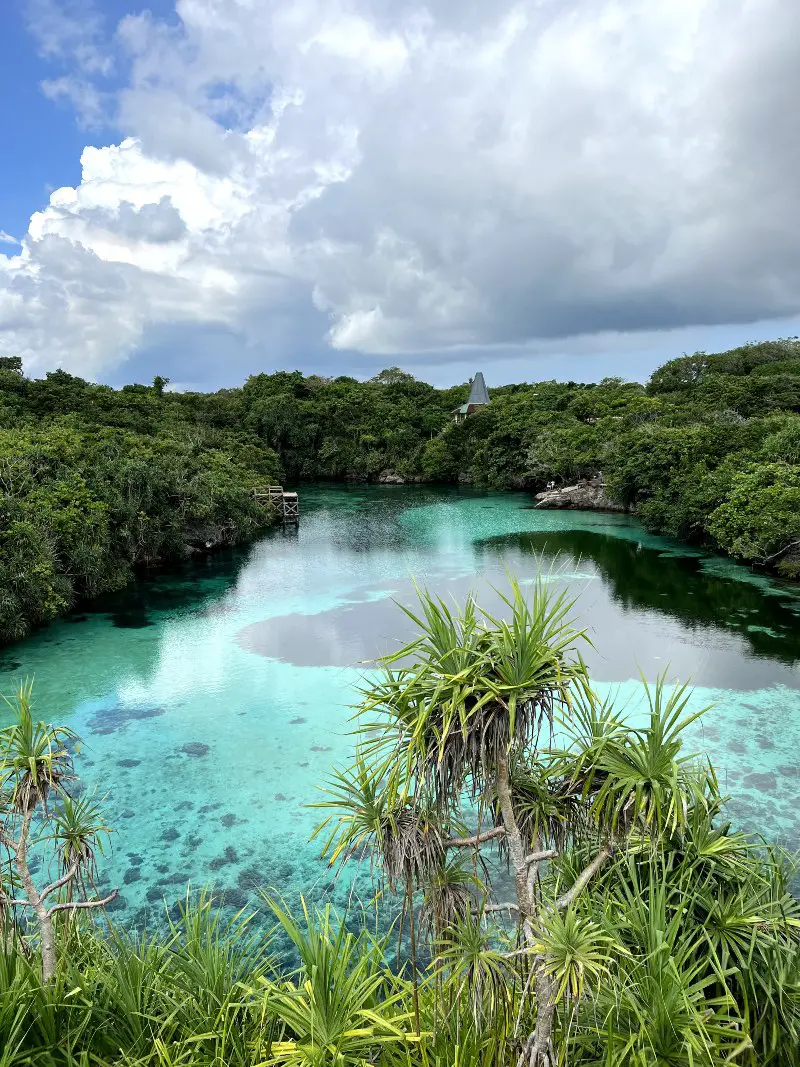
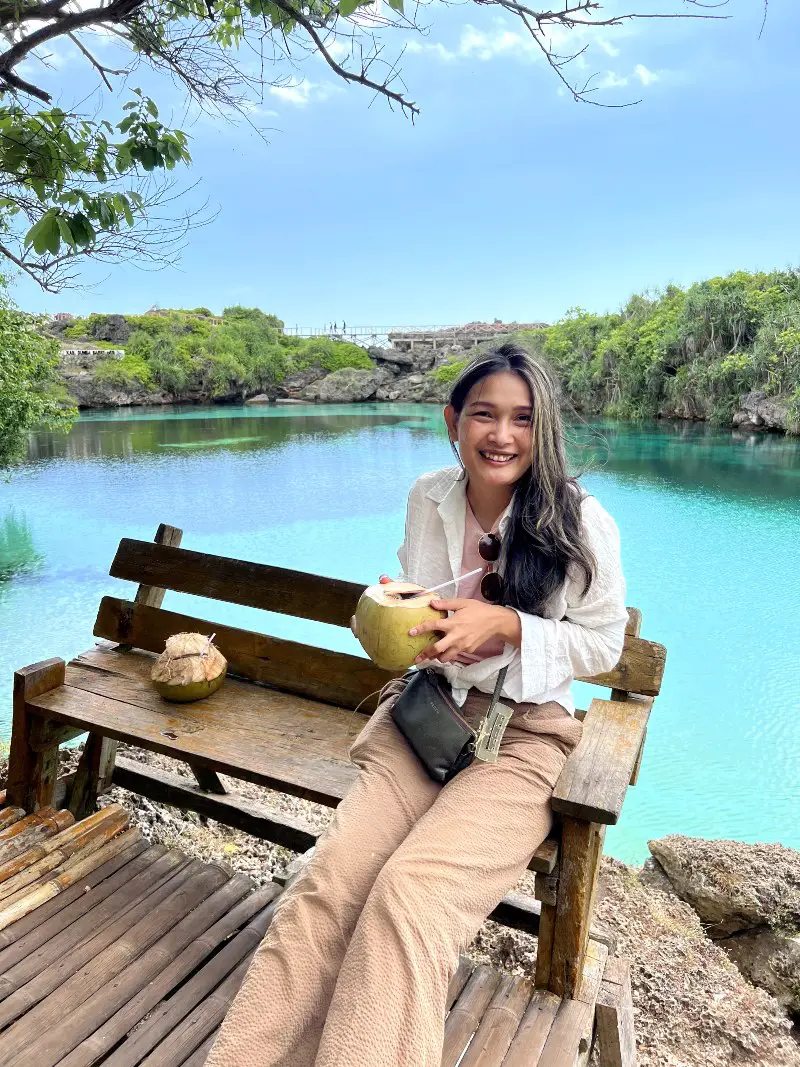
2. Admire the Picture-Perfect Mandorak Beach
Just a 10 minute drive from Waikuri Lagoon takes you to Mandorak Beach. This slice of paradise is one of the most photogenic spots of Sumba, with its golden sands and shimmering waters inviting you in for a dip. Locals manage the area (a small parking fee is charged) and offer to show you around, lead you on a horse ride, and welcome you to snap up photos of the traditional boats and houses. Although we didn’t go swimming or horse riding, Mandorak Beach was definitely worth visiting for a few hours.
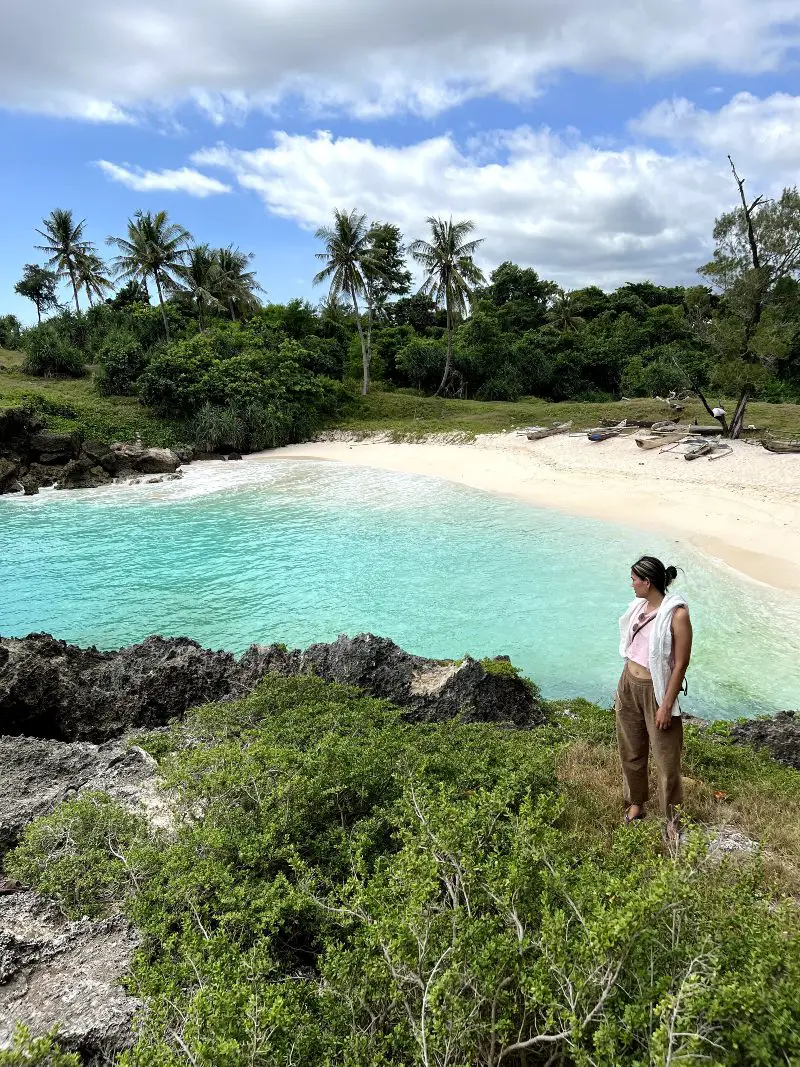
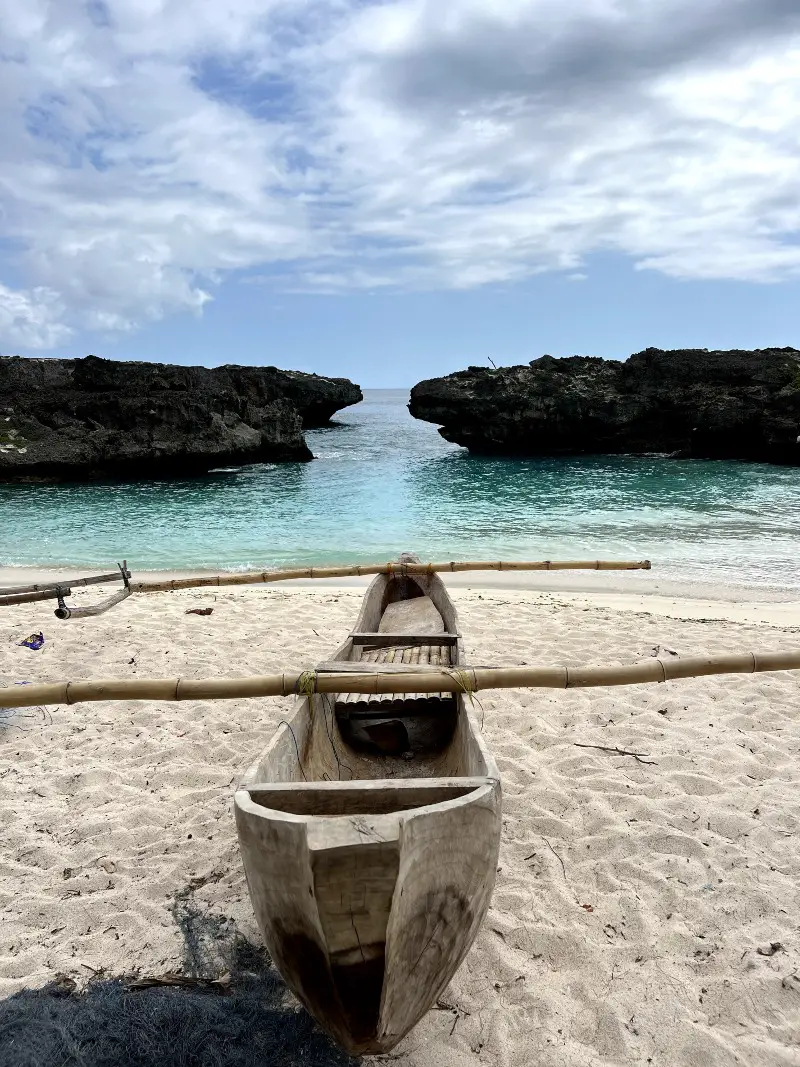
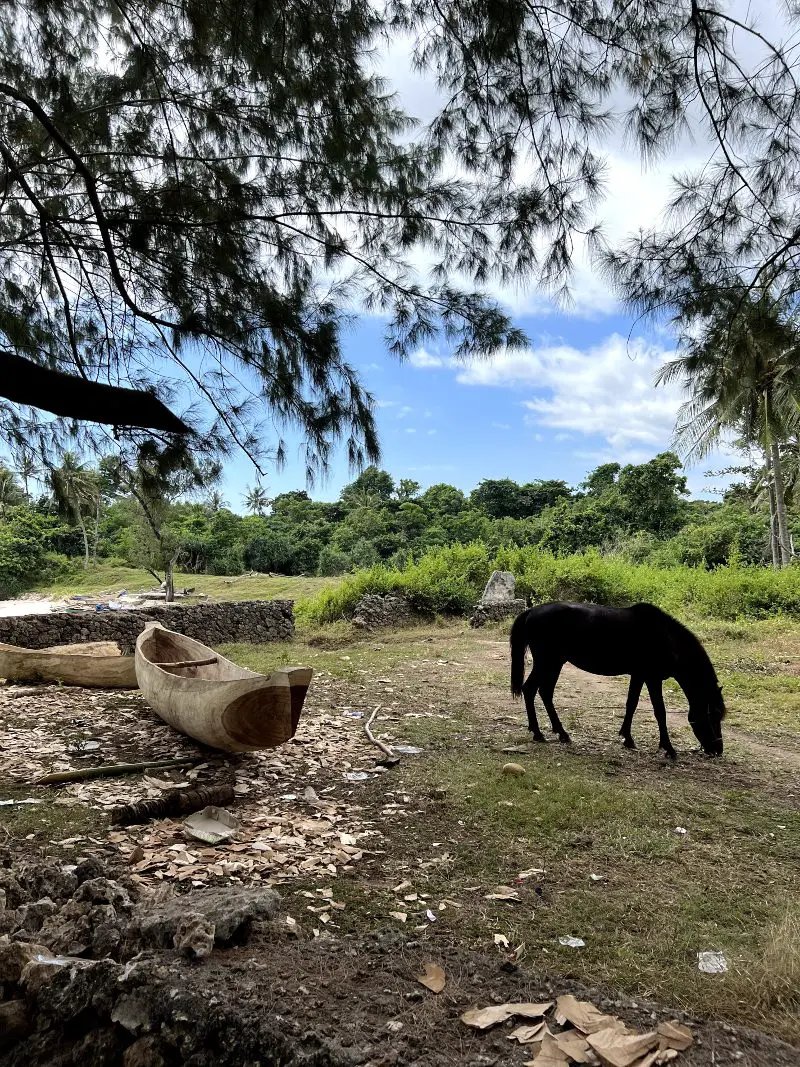
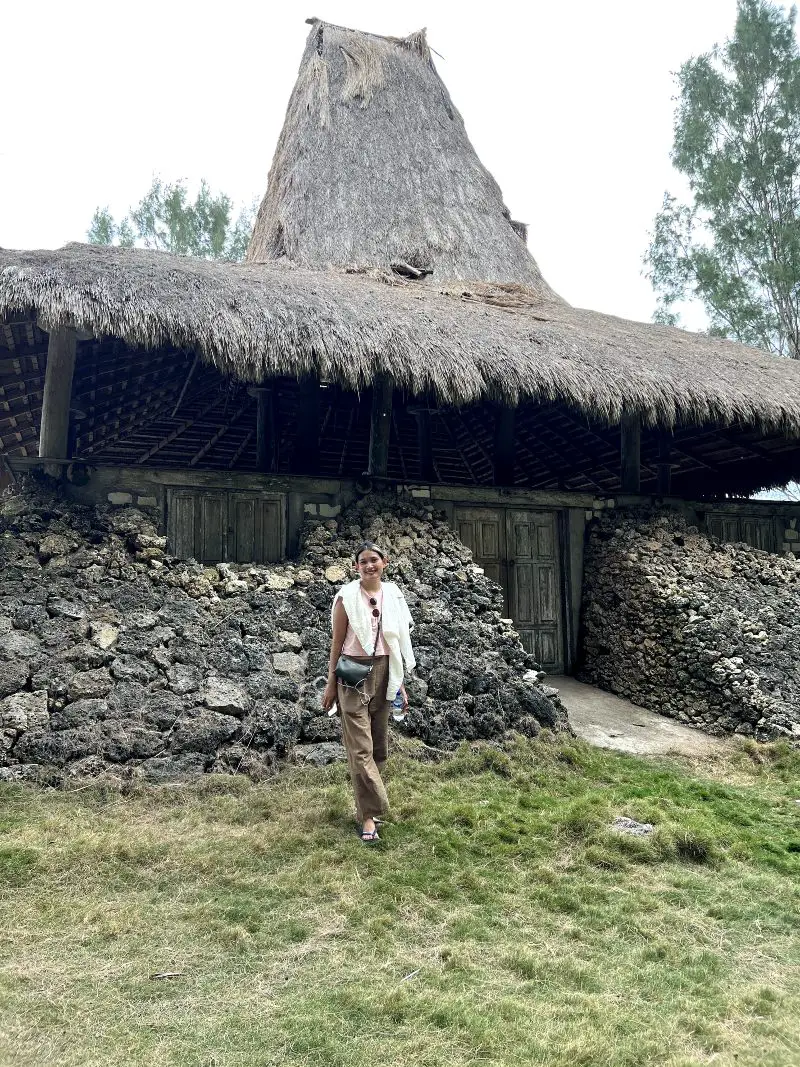
3. Walk through Rice Paddies to Waikelo Sawah
Another Instagram-worthy destination in Sumba is Waikelo Sawah, or the “Tree of Life”. If you enter “Bendungan Waikelo Sawah” on your GPS, you will be guided to a dam nestled in rice paddies. When we arrived, a local took us on a nice walk through the rice fields until we reached the falls. We then had the place entirely to ourselves and it was incredibly serene – the cascading waterfalls gave off a lovely mist in the morning and the views of the surrounding rice paddies were enchanting (to say the least).
Key tips: pack flip-flops or other shoes that you don’t mind getting dirty because the rice fields are muddy. Also, bring cash with you to pay the local guide a tip. I know it can seem annoying to constantly pay for natural attractions but you do walk through private rice paddies to reach Waikelo Sawah, and a small amount goes a long way for the locals. Finally, for all the photographers out there, bring your drone along to capture aerial images.
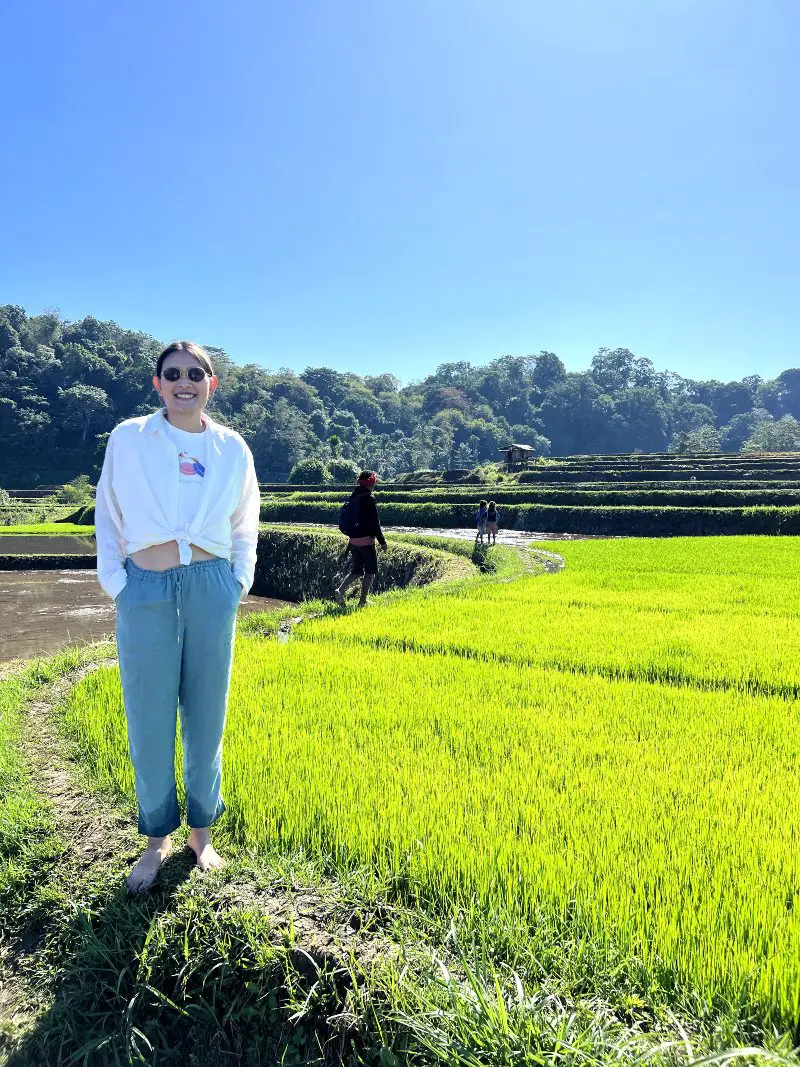
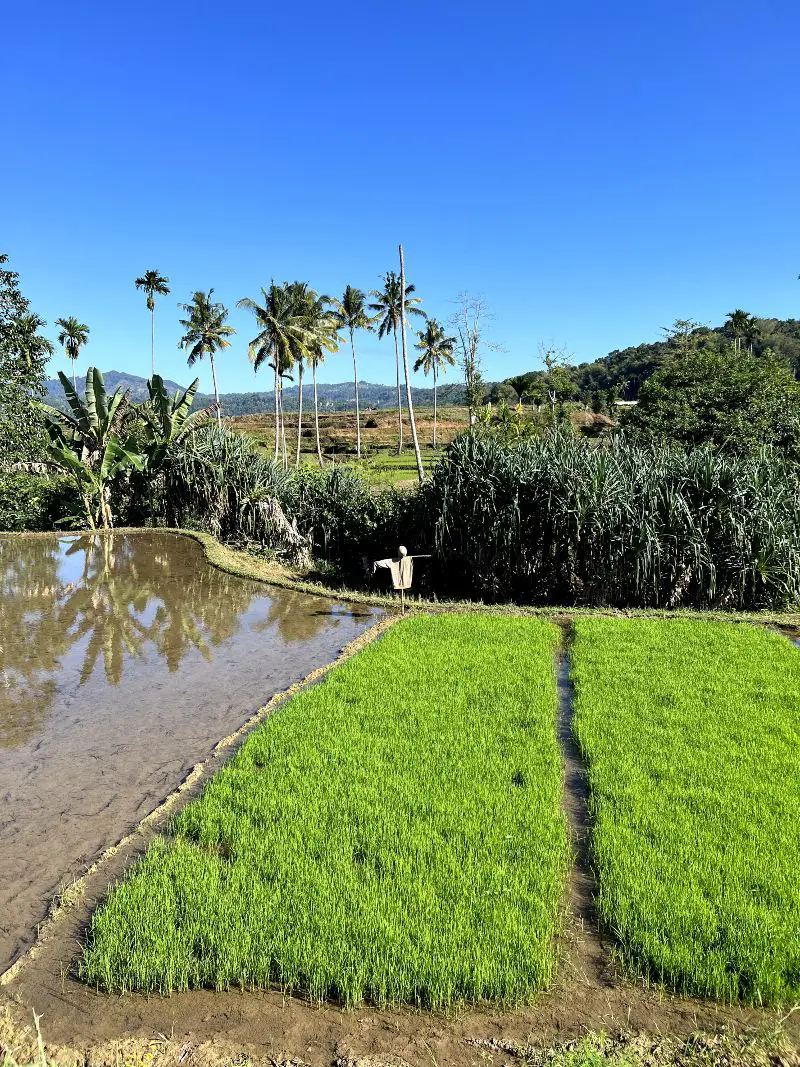
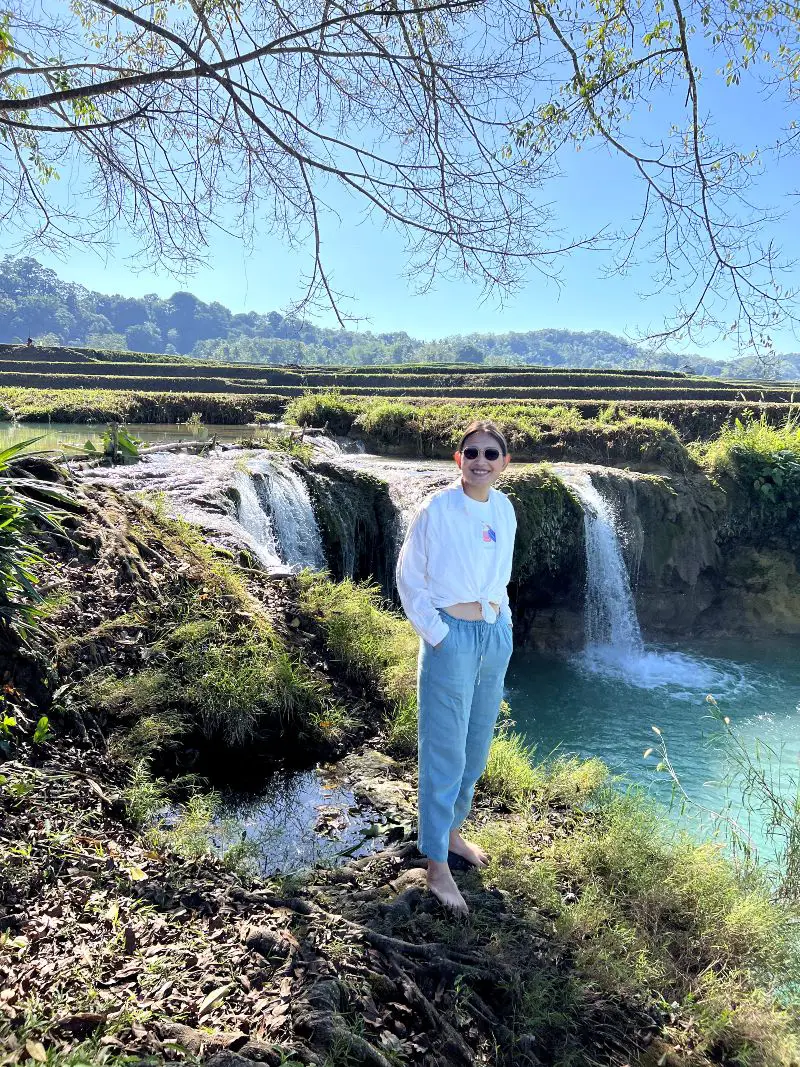
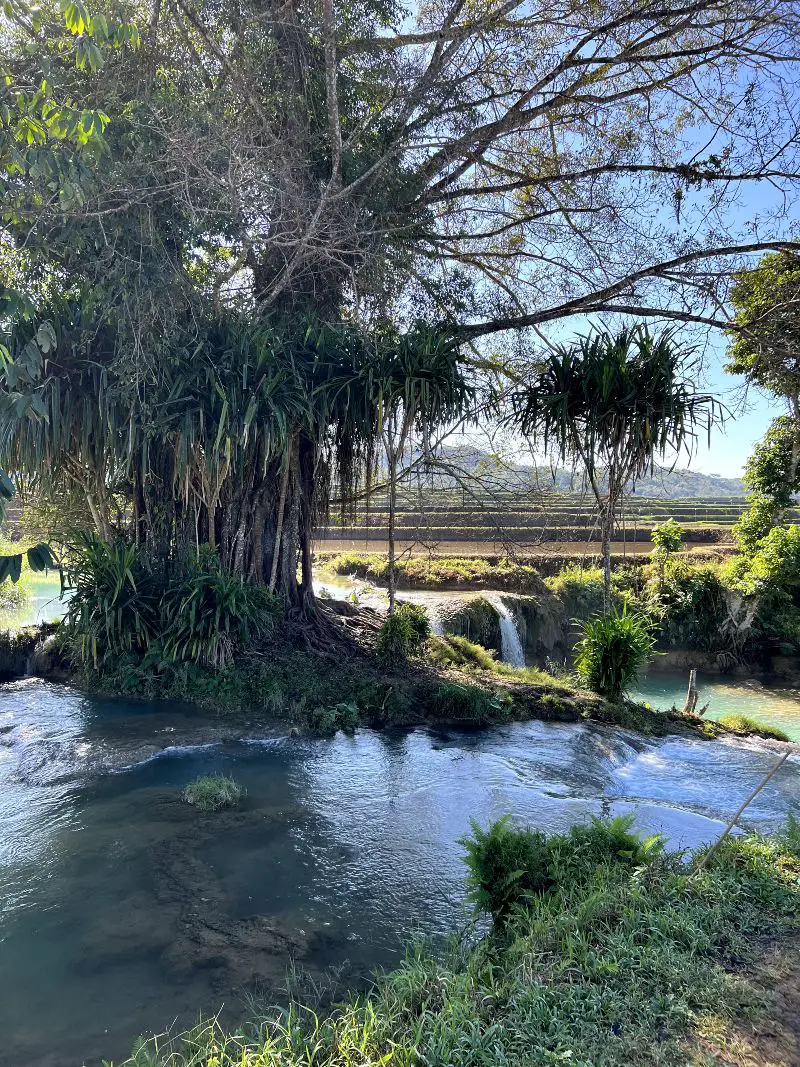
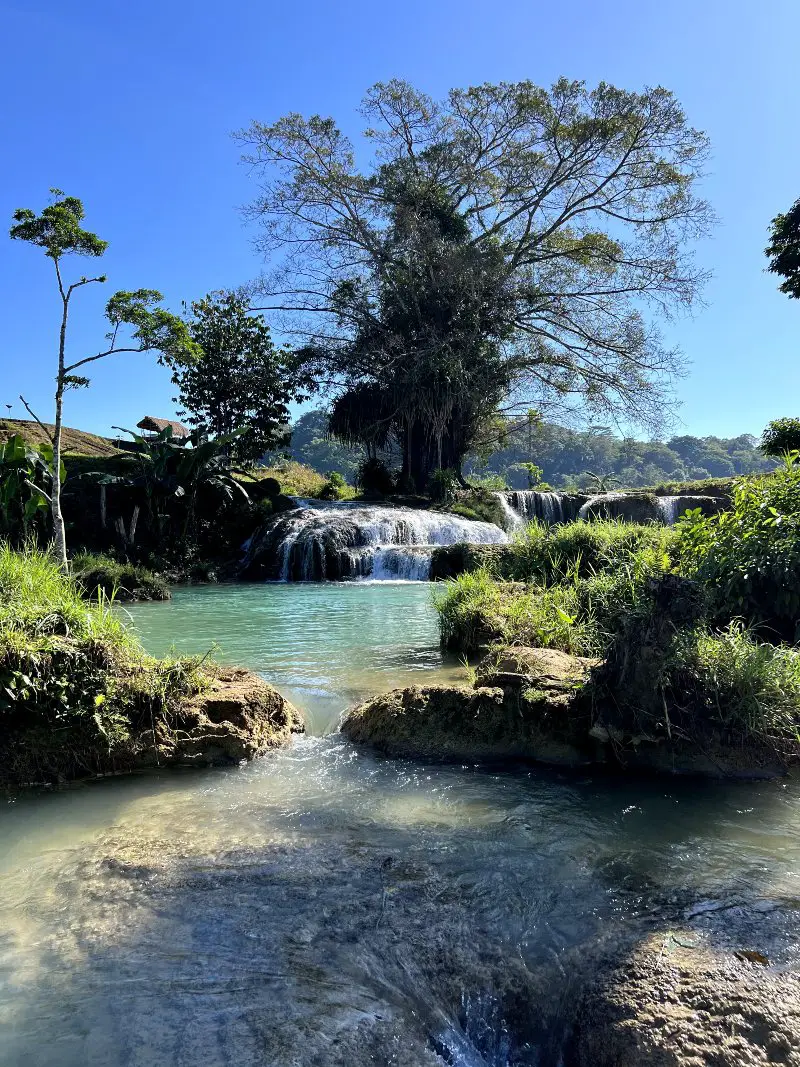
4. Take Incredible Photos of Ratenggaro by the Beach
No trip to Sumba is complete without visiting the traditional villages and Ratenggaro is considered one of the most accessible for tourists. Located on the southwest coast, Ratenggaro is home to a collection of houses with high thatched roofs. Since the villagers don’t speak English, this might be one place worth experiencing with a guide who can act as a translator.
5. Learn About Traditional Village Life at Praijing
Praijing might be a better option than Ratenggaro for those staying in the west, as Ratenggaro is a long way from Tambolaka. This village of about 38 houses is characterized by typical peaked thatched roofs – all differing in height depending on the social status of the inhabitant. As you wander around, you will see buffalo horns on the walls and women weaving. Don’t forget to head up to the viewpoint for epic shots of the village.
6. Discover the Hidden Gem of Watu Bela Beach
Watu Bela Beach is a secret treasure of Sumba that only a select few tourists know about. It’s reached by first visiting Patiala Bala Village and then walking to the beach from there, passing green hills along the way. The powdery white sands of Watu Bela are framed by swaying palm trees and white rocky cliffs – making it a secluded place to relax in the sun.
7. Spend a Couple of Nights at NIHI Sumba
Just a stone’s throw away from Watu Bela Beach is the world-renowned hotel: NIHI. The villas here offer the highest levels of luxury imaginable, and boast breathtaking views of the Indian Ocean and Nihiwatu Beach. Everyday, horses run down the beach and create an atmosphere that can only be described as magical. If you have the funds, basing yourself in NIHI for your entire Sumba stay would be a once in a lifetime experience.
8. Book Mario Hotel for a More Budget-Friendly Stay
Mario Hotel is a much more affordable option than NIHI in west Sumba. This is where I stayed, and only have rave reviews about the property, rooms and staff. Situated at the end of a pot-hole-filled road (don’t let that put you off), Mario gives you direct access to the beach where you can swim, work on your tan, and watch the sunrise or sunset daily. The best part about the beach is that it’s empty. They also have a cafe that serves delicious food at affordable prices. Did I mention the large saltwater pool too?
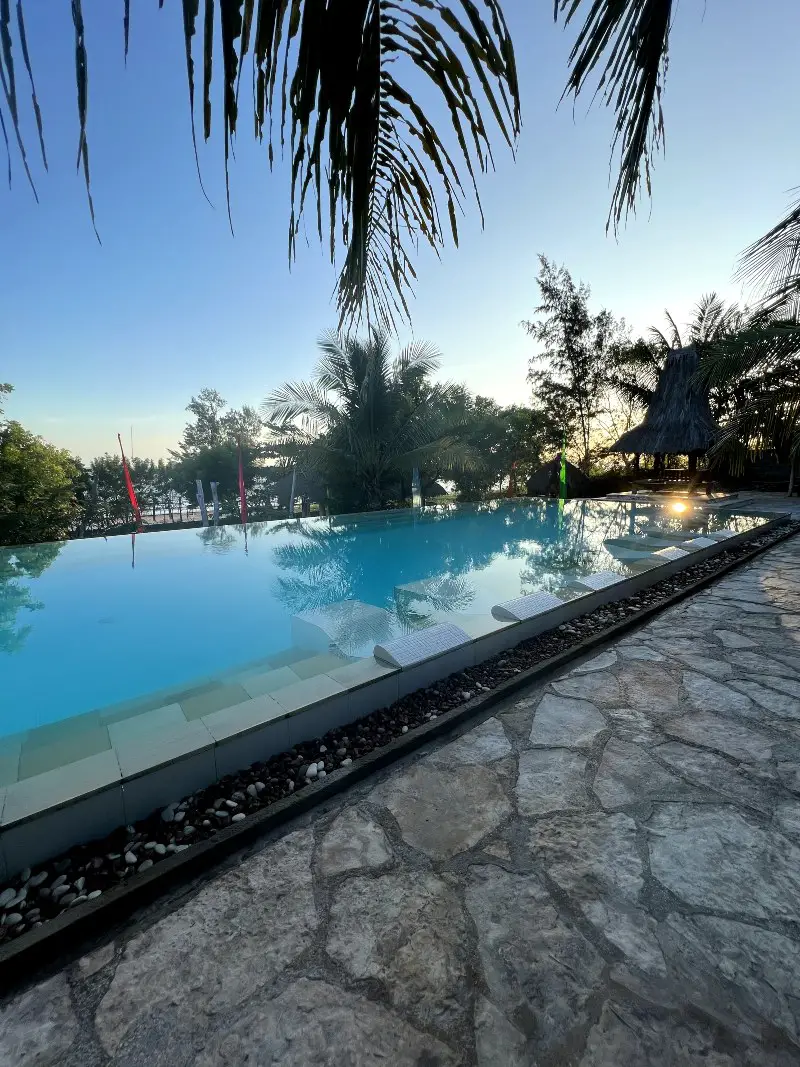
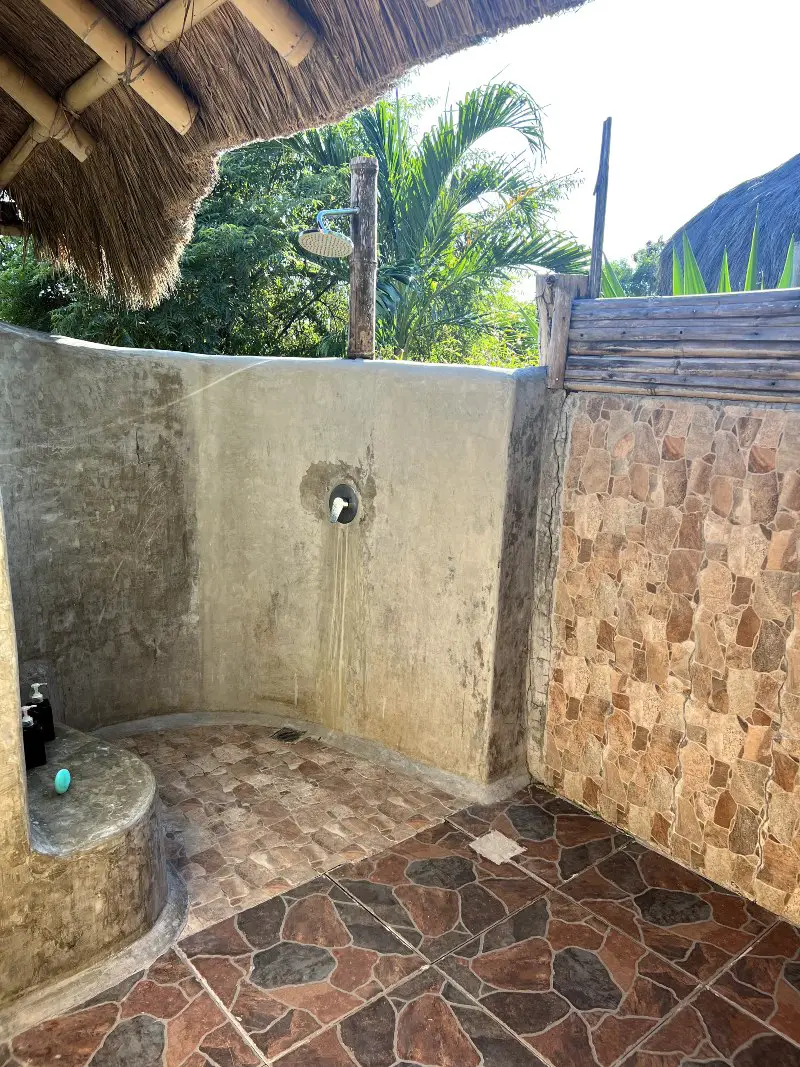
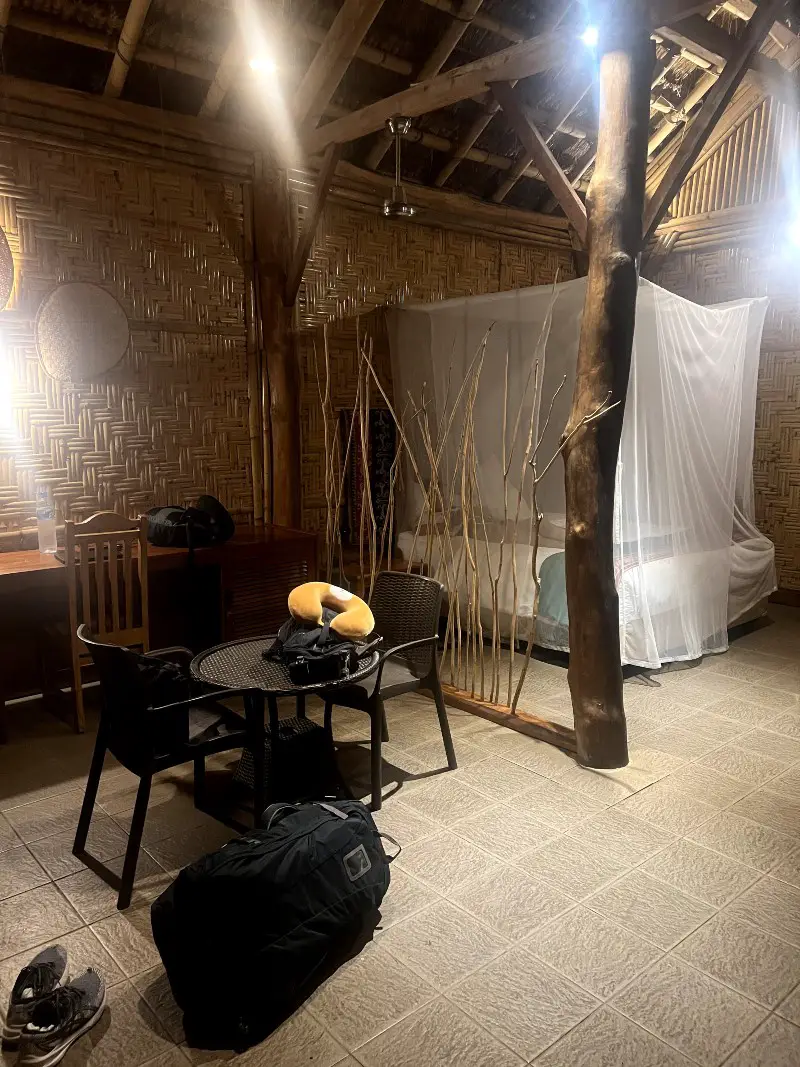
9. Watch a Gorgeous, Colorful Sunset on the Beach
Sumba’s coastline is vast and there are countless beaches to choose from, both popular and hidden, when it comes to watching a sundowner. Since I was staying on the beach at Mario Hotel, all I had to do at golden hour was walk down a few steps and have a beach all to myself. Even better, my partner and I could order beers or coconuts from the cafe and soak up the sunset with a drink in hand. It was the ultimate way to cap off the day.
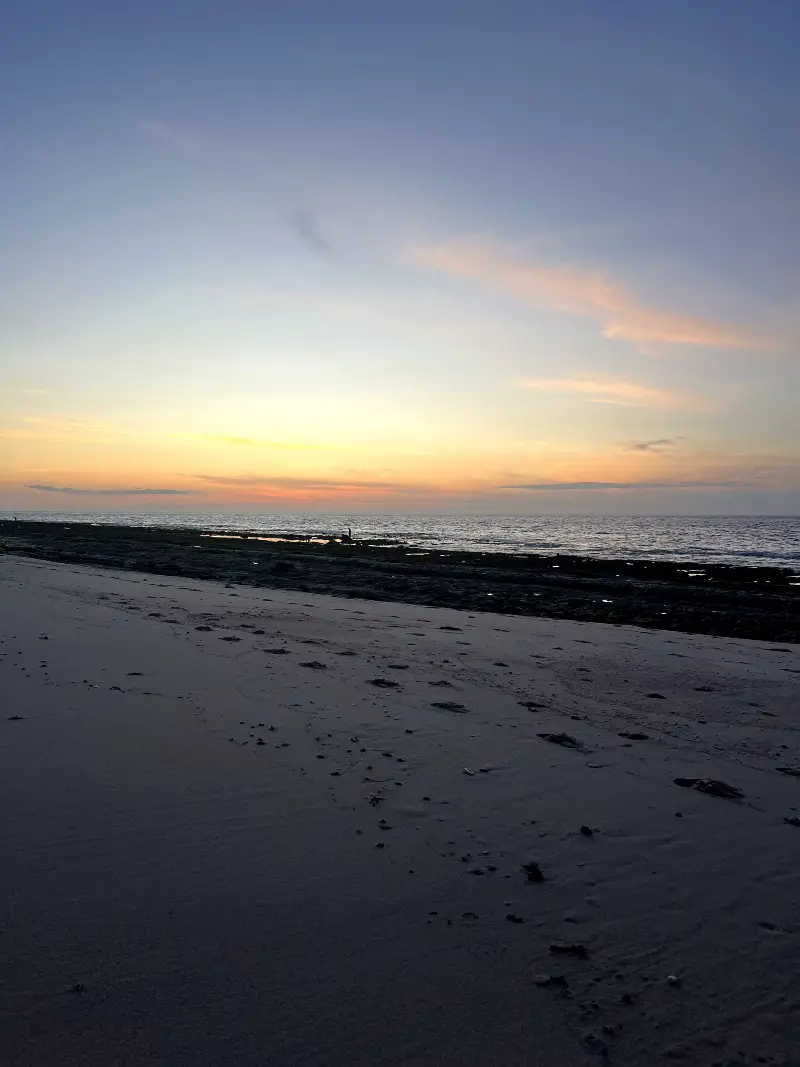
10. Head Off the Grid to the Majestic Lapopu Waterfall
Before I talk about the waterfall itself, I would be remiss if I didn’t explain just how difficult it was to get here. Having entered “Lapopu Waterfall” into Google Maps, we set off on what started as an easy ride. But soon we found ourselves completely off the map, down a stony and pot-hole-filled road that had no signal. At one point, my partner and I looked at each other and said “should we turn back”. But I was determined to continue. The road worsened, challenging us to several steep uphill and downhill sections.
A couple of times my partner had to hop off the scooter and walk, as I battled to keep it from falling over. We followed our nose and eventually saw the sign. Finally, civilization was in sight. At the arrival point, there was a building where you had to pay a national park fee. You also need to pay a local guide to take you to Lapopu Waterfall – despite it being a two minute walk from the park entrance. Regardless of all that, the multi-tiered waterfall and bamboo structures around it made the journey worthwhile.
We enjoyed relaxing by the falls, getting our feet wet and taking photos. The emerald color of the waterfall is truly stunning. Afterwards, we started talking with the guides and they mentioned another waterfall nearby: Matayangu. It was said to be a four hour walk there and back. I had heard through the grapevine that this particular waterfall was the best in Sumba, so I convinced my partner to go. We agreed to pay the guide to lead us to the waterfall and what a journey that turned out to be as well.
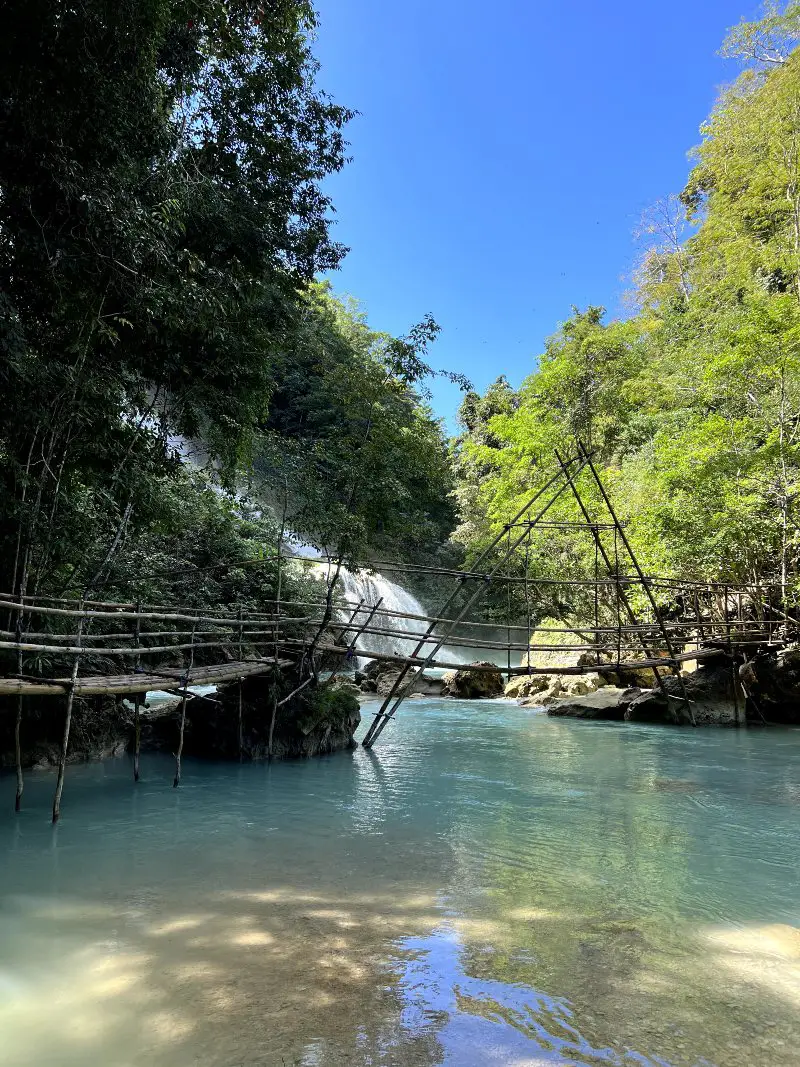
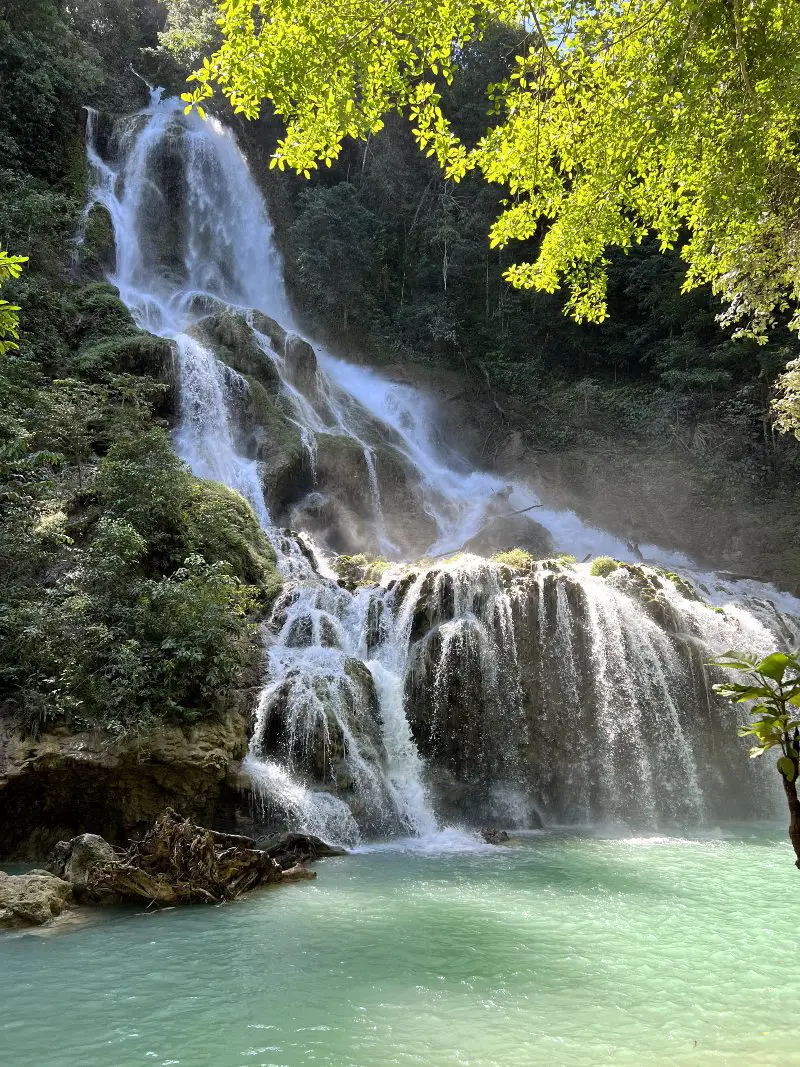
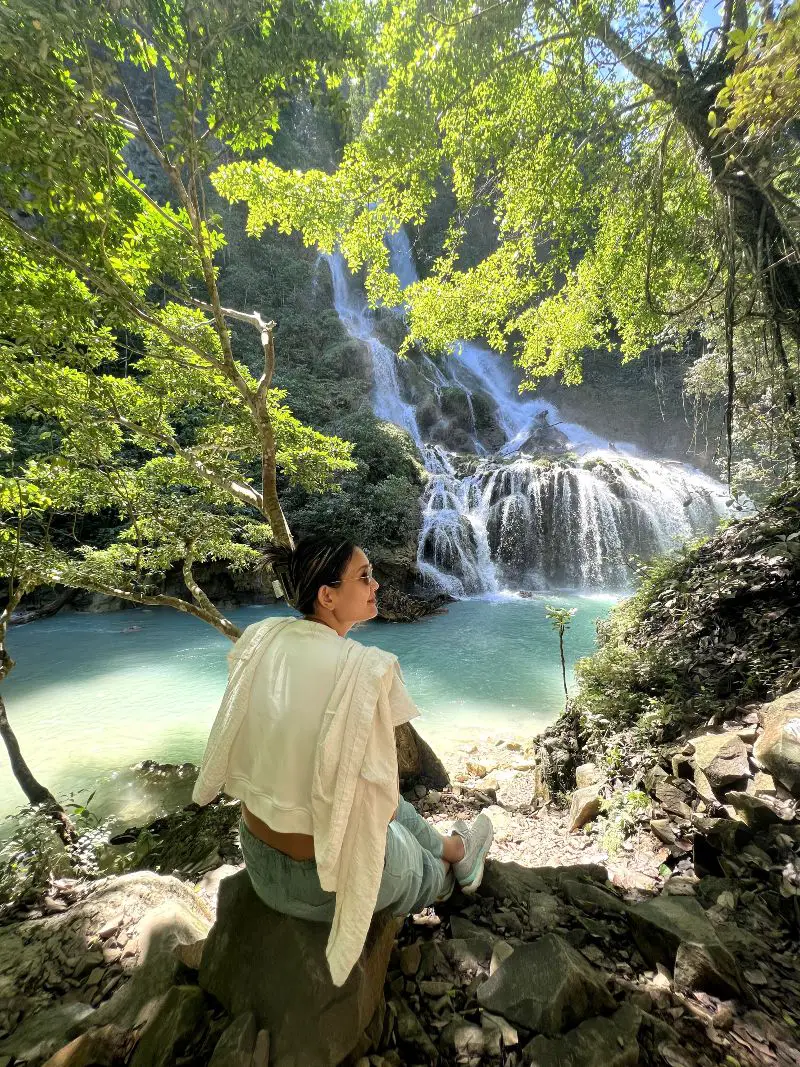
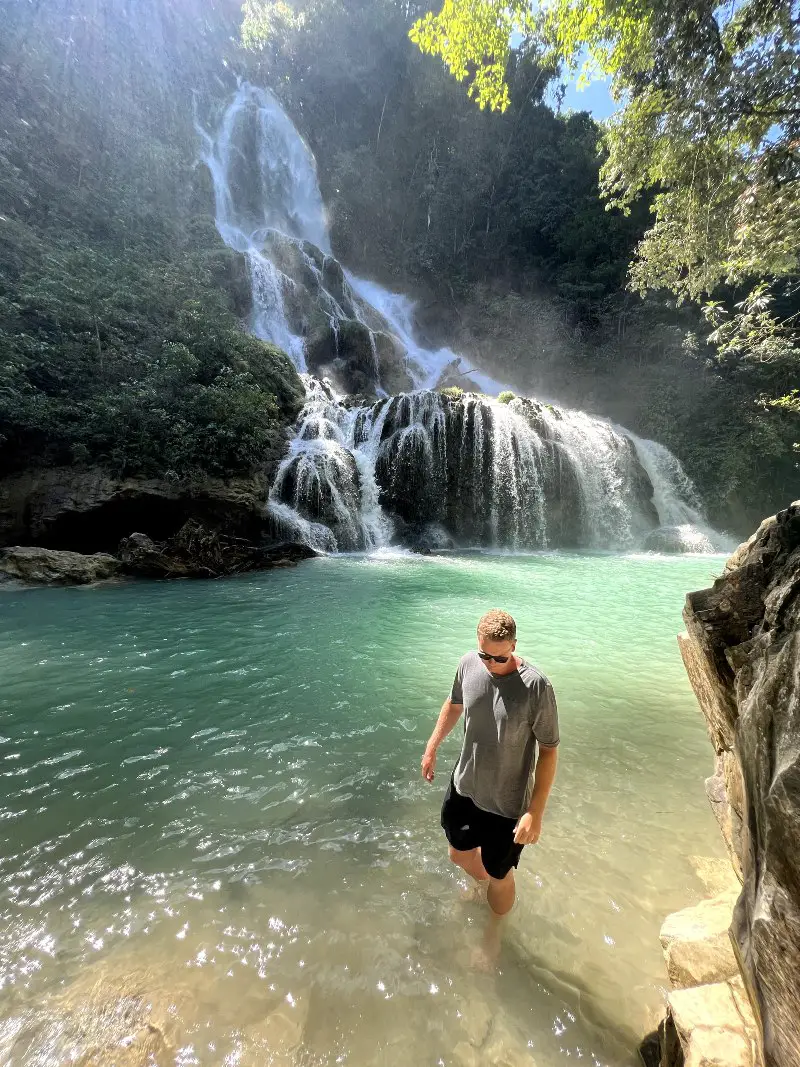
11. Hike to the Best Waterfall in Sumba: Matayangu
The hike to Matayunga was an adventure and a half. For starters our guide couldn’t speak English, was barefoot and had no water. Luckily, I had bought several bottles from the vendors at Lapopu and gave him one. He then equipped us with a walking stick each and together we ventured up hundreds of steps, strolled along narrow water pipes, crossed rivers with fallen trees and held on tight to rope aids to go downhill. After an hour and a half hike, we got our first glimpse of Matayangu and what a sight she was.
Matayangu consists of three separate waterfalls surrounded by unique rock formations and intensely green landscapes. The main waterfall flows from a decent height, while two more waterfalls inexplicably flow out of other holes half way down. At one point, the wind started to blow the main waterfall to one side – which created quite the spectacle. Upon our return to Lapopu we were exhausted and still had to make our way back down the road of death. Somehow I had the energy to safely transport us home.
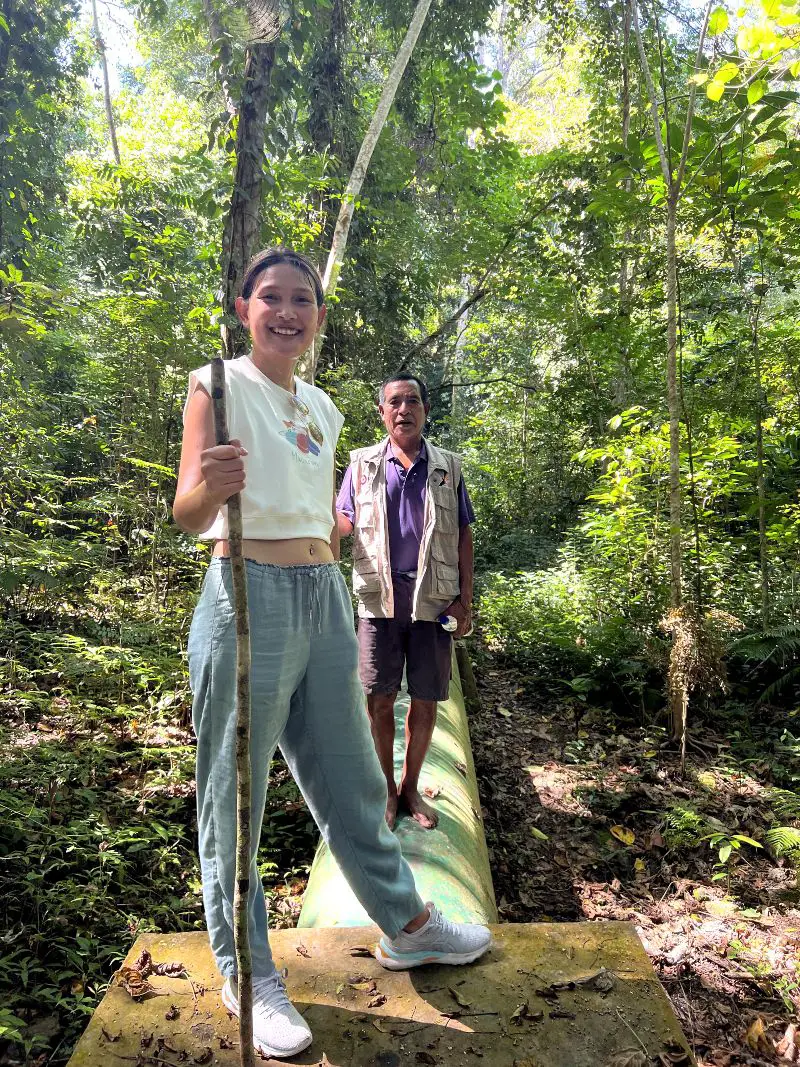
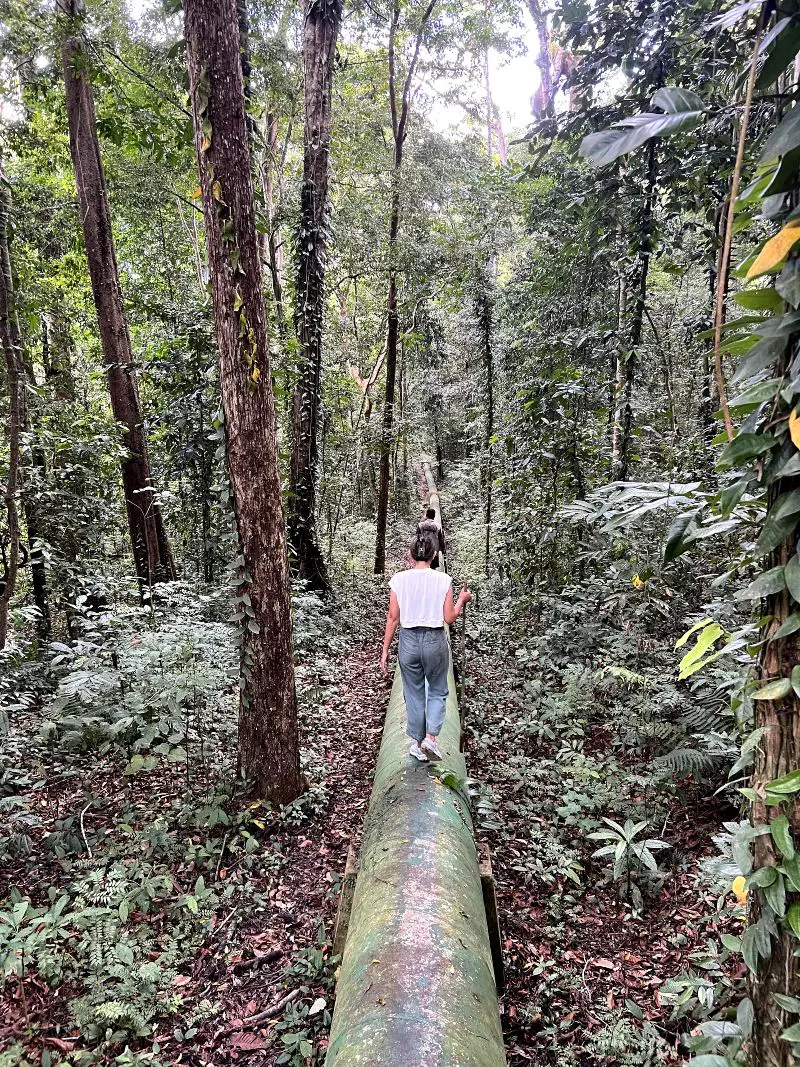
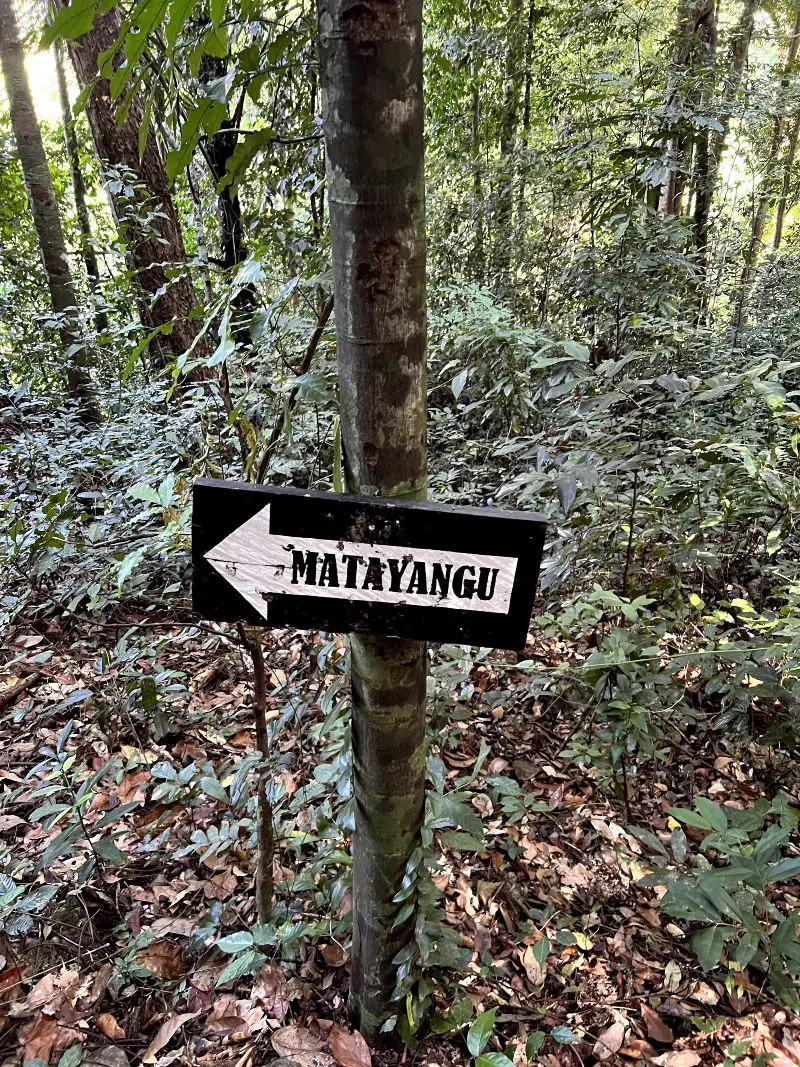
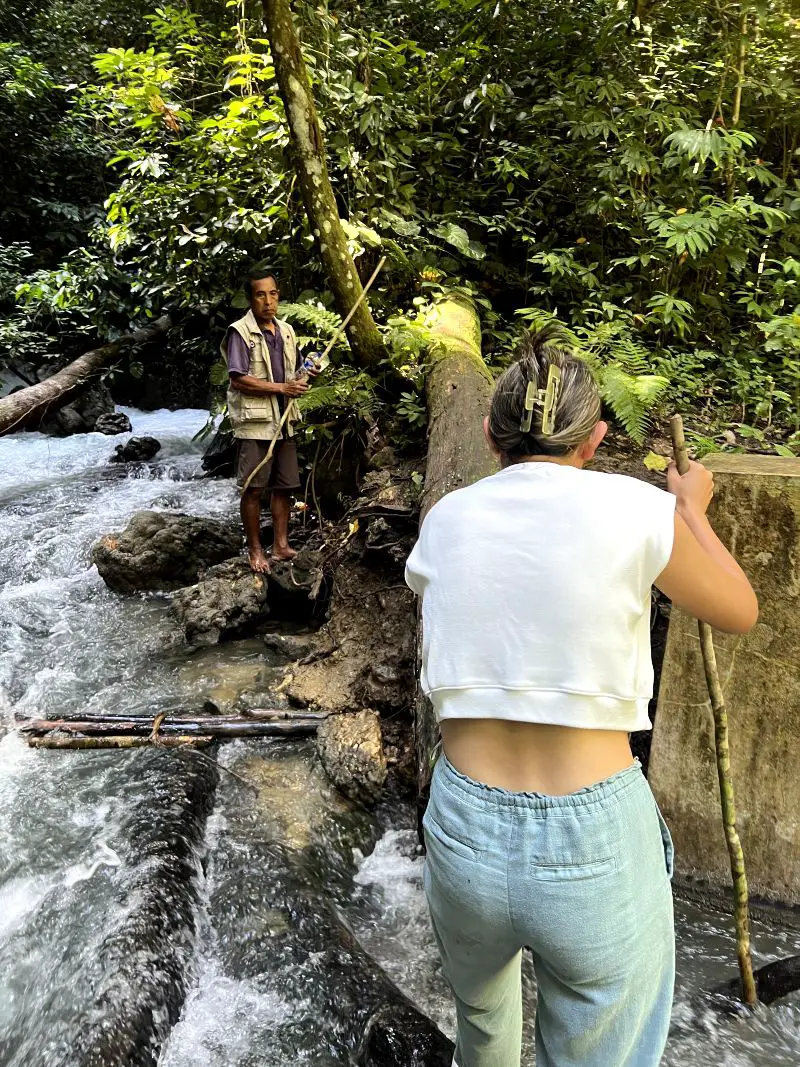
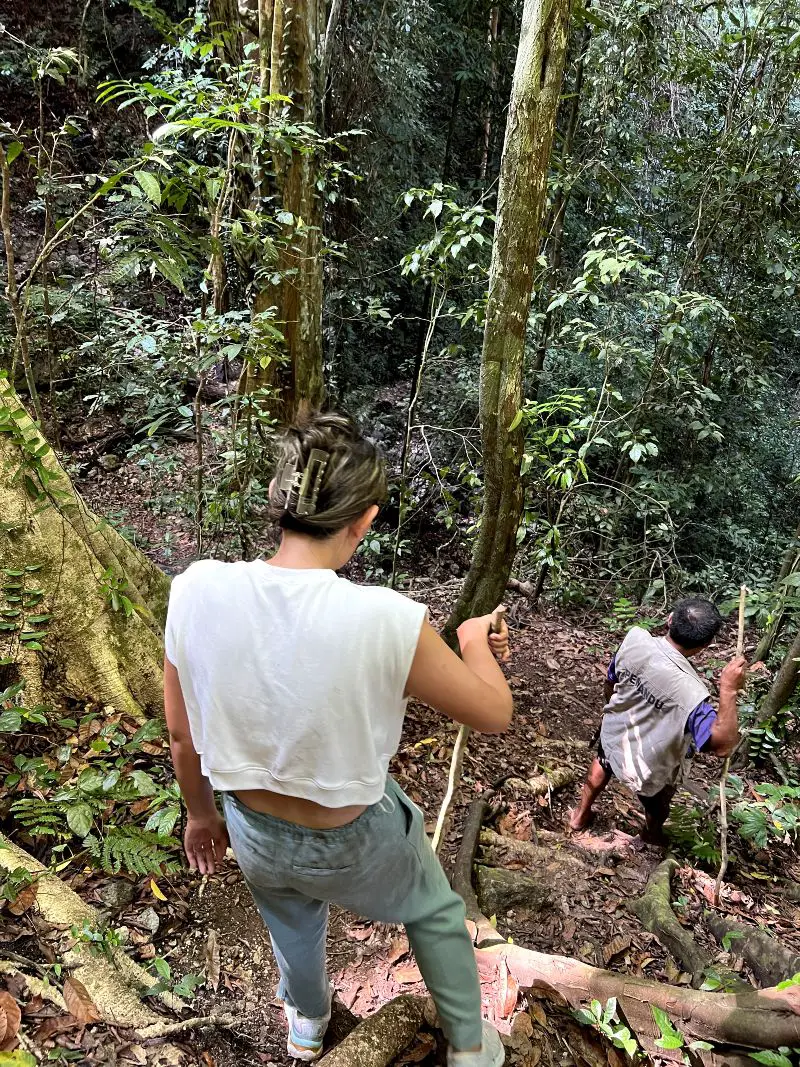
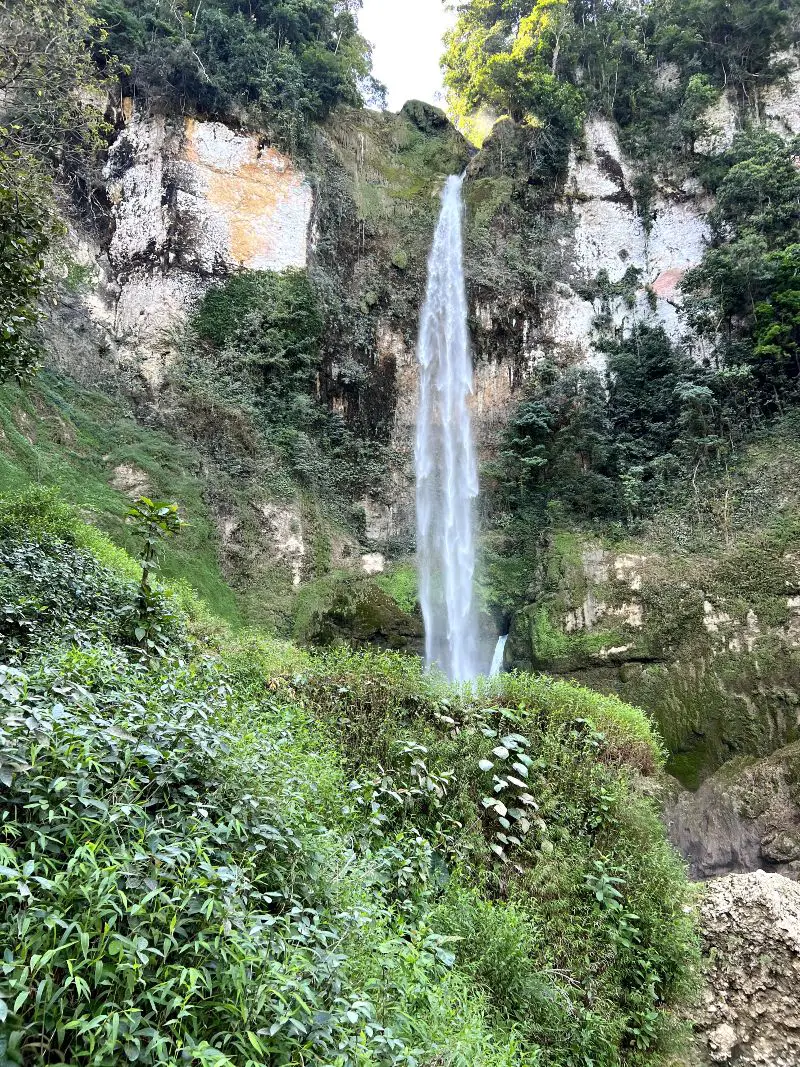
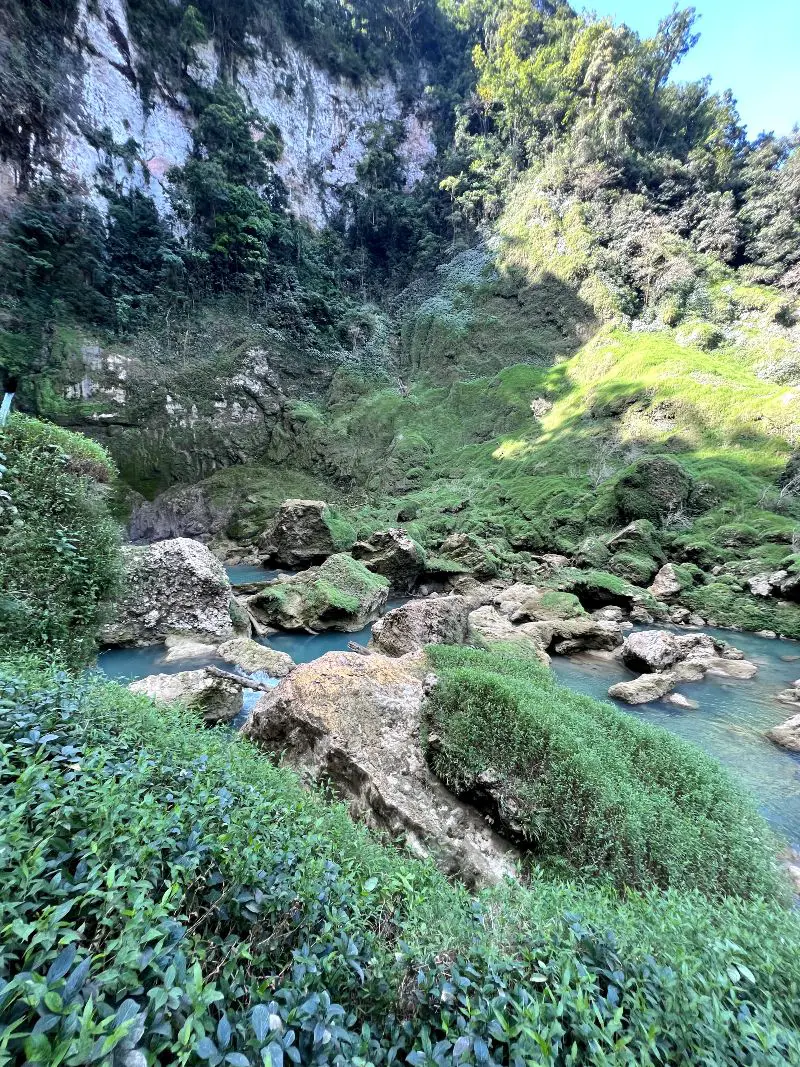
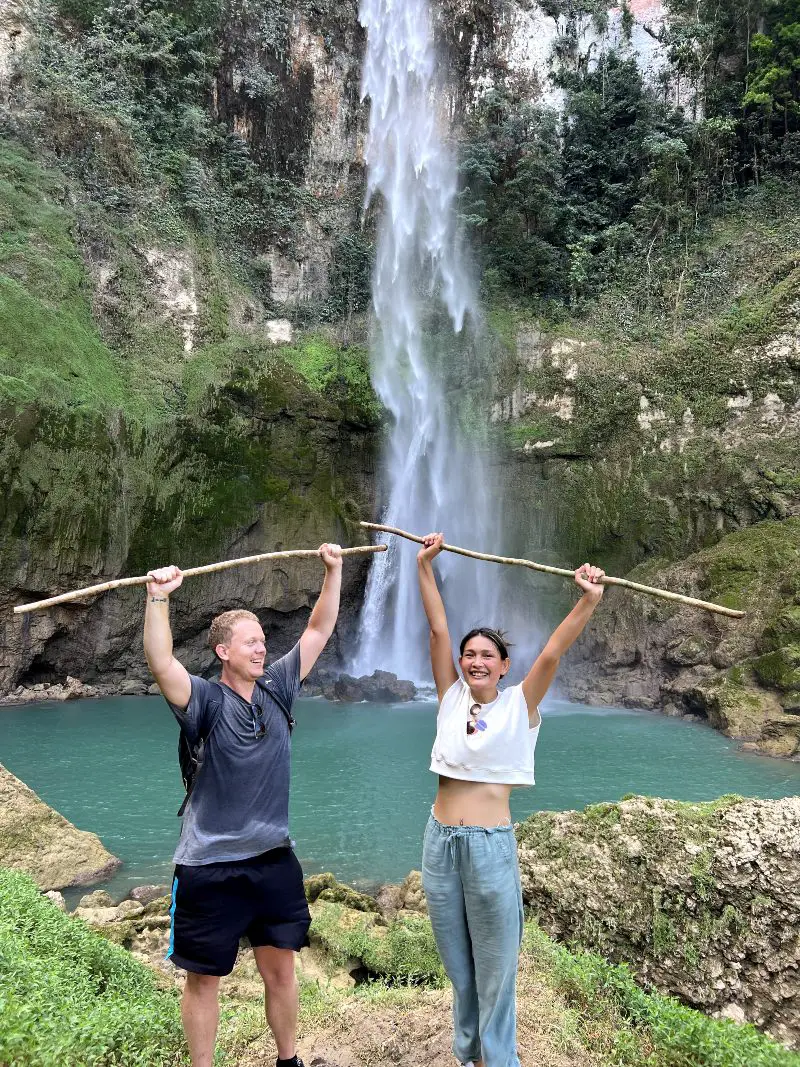
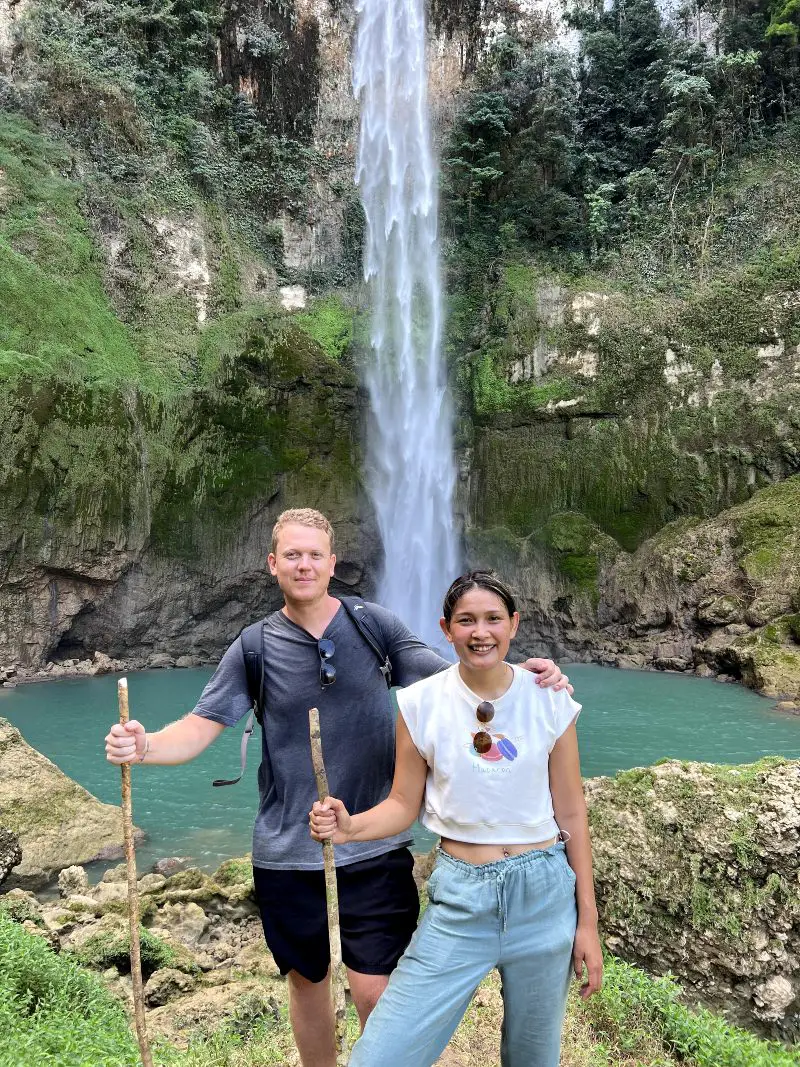
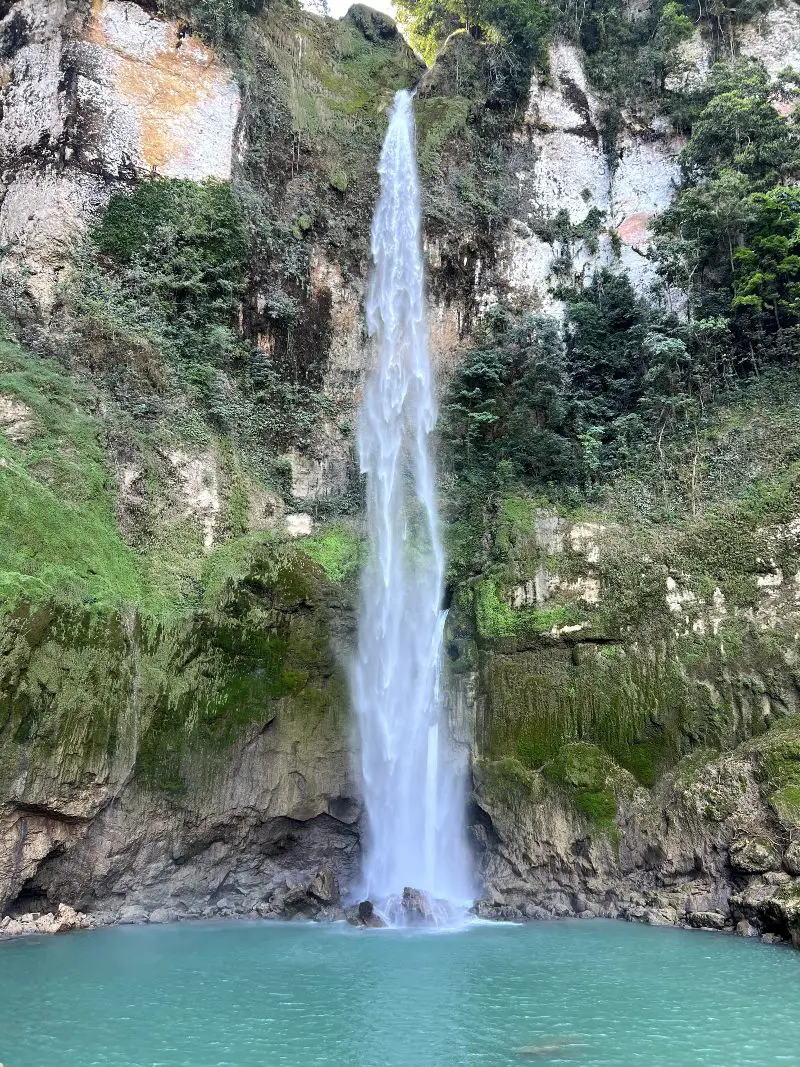
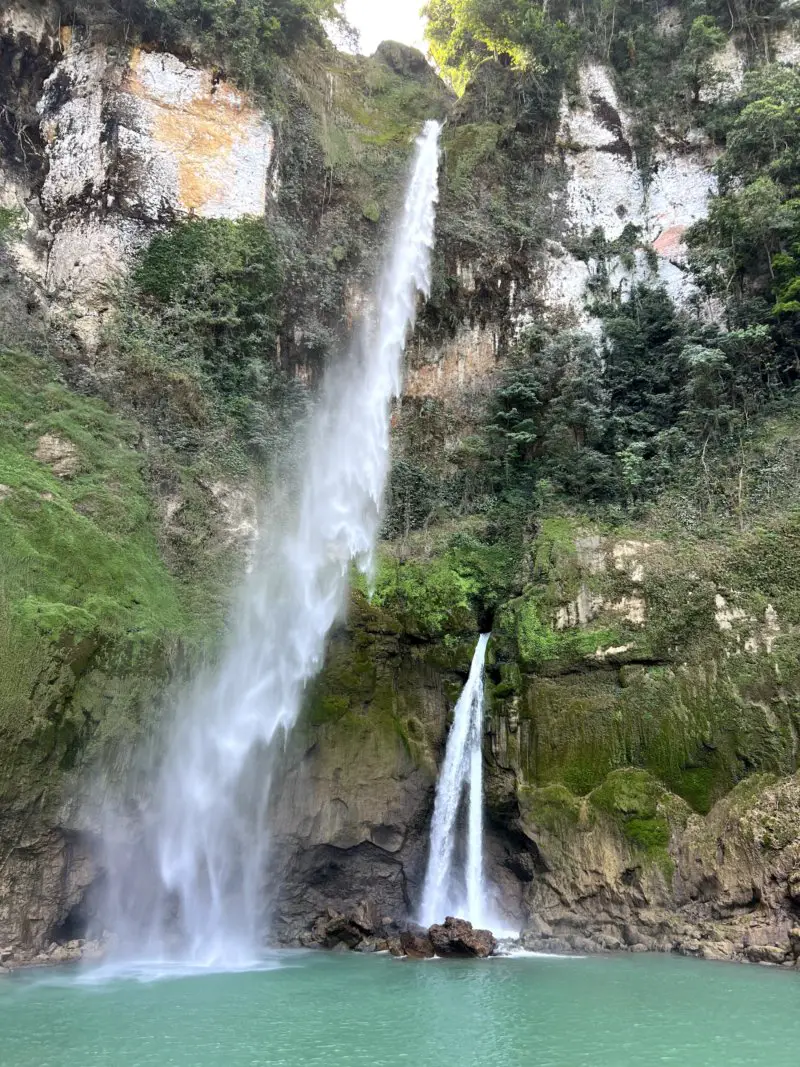
12. Road Trip to the Bukit Tanarara Lookout Point
Bukit Tanarara was about an hour’s drive from our hotel, Kambaniru, in the east of Sumba. The drive to this hilltop lookout was exhilarating. A mix of winding roads and long straights, and wild horses and rolling hills, created a thrill from start to finish. Once at Bukit Tanarara, we admired the hills and valleys that were covered in lush green and yellow tones. It was beautiful during the day when we went, but I bet sunset is something else.
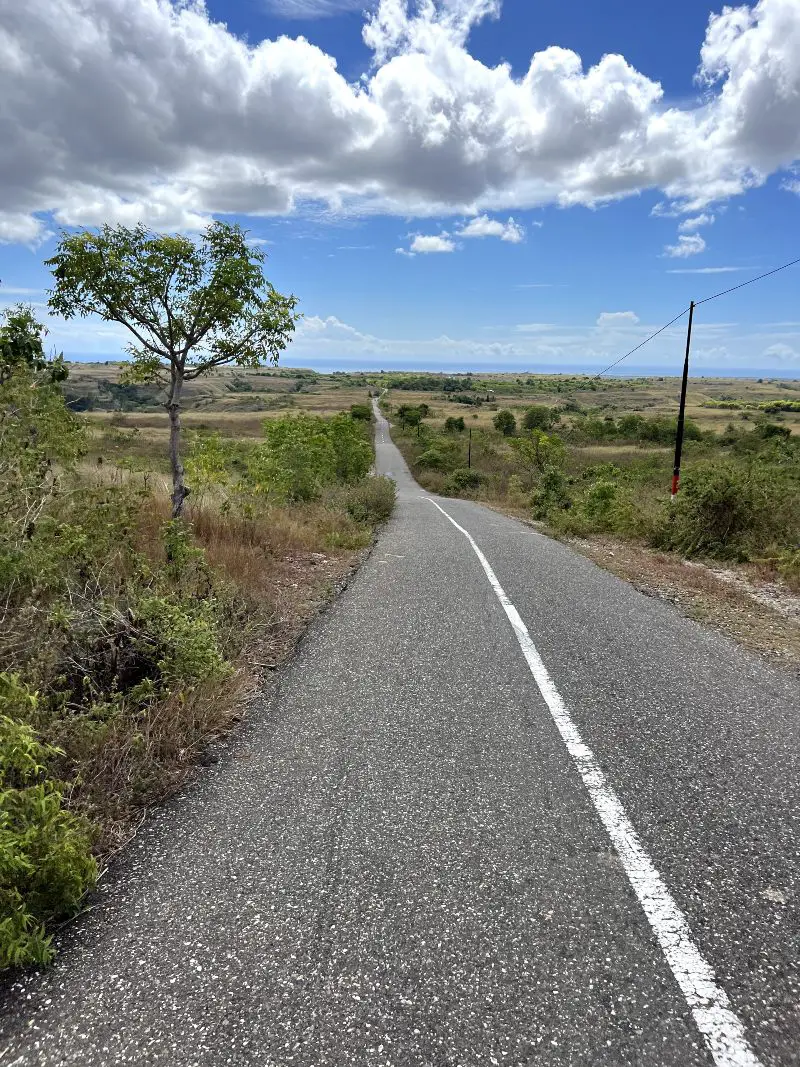
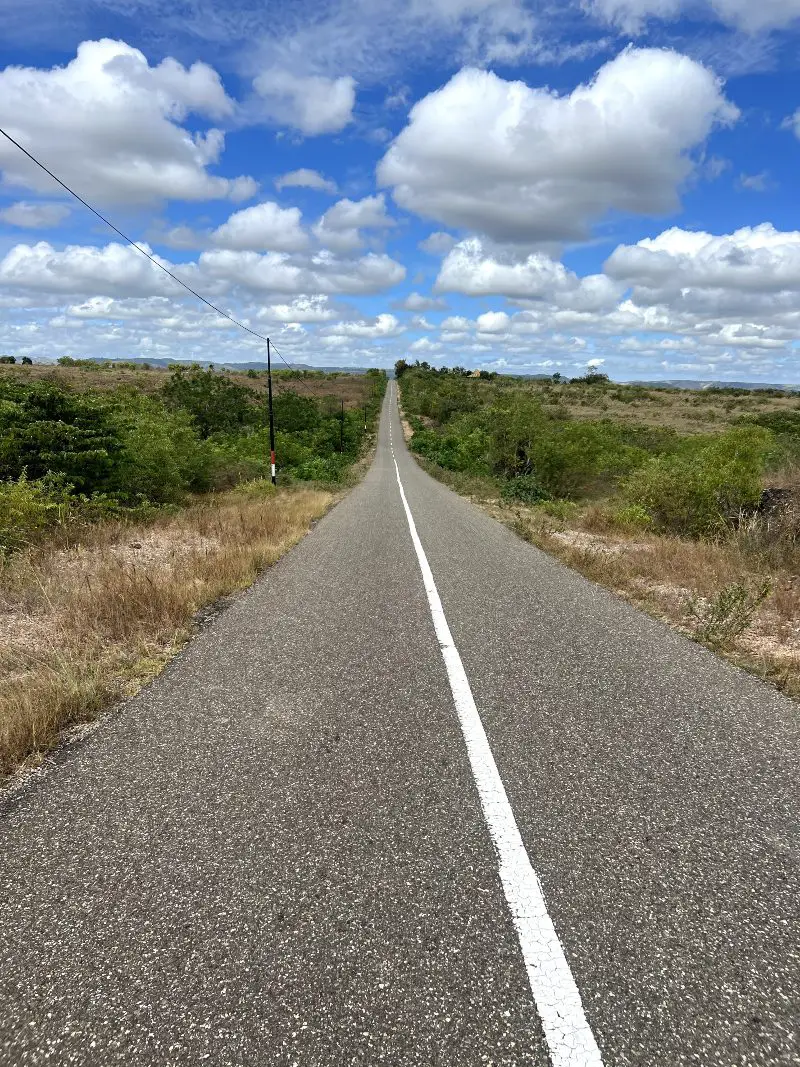
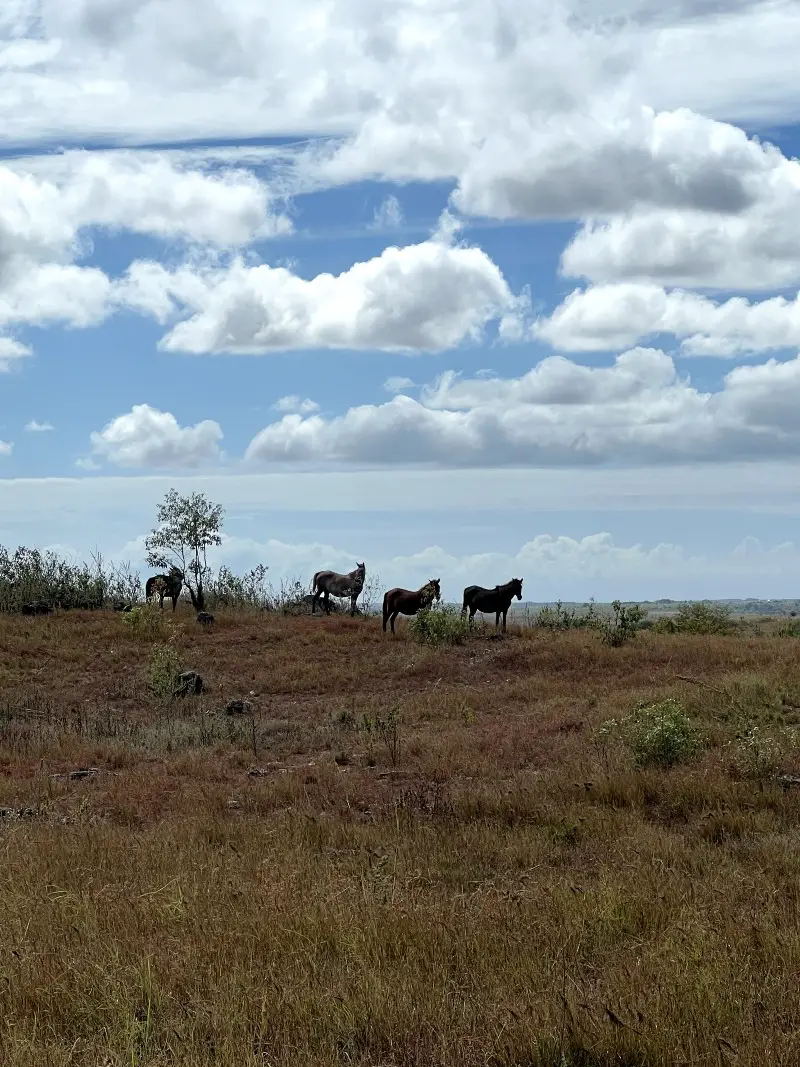
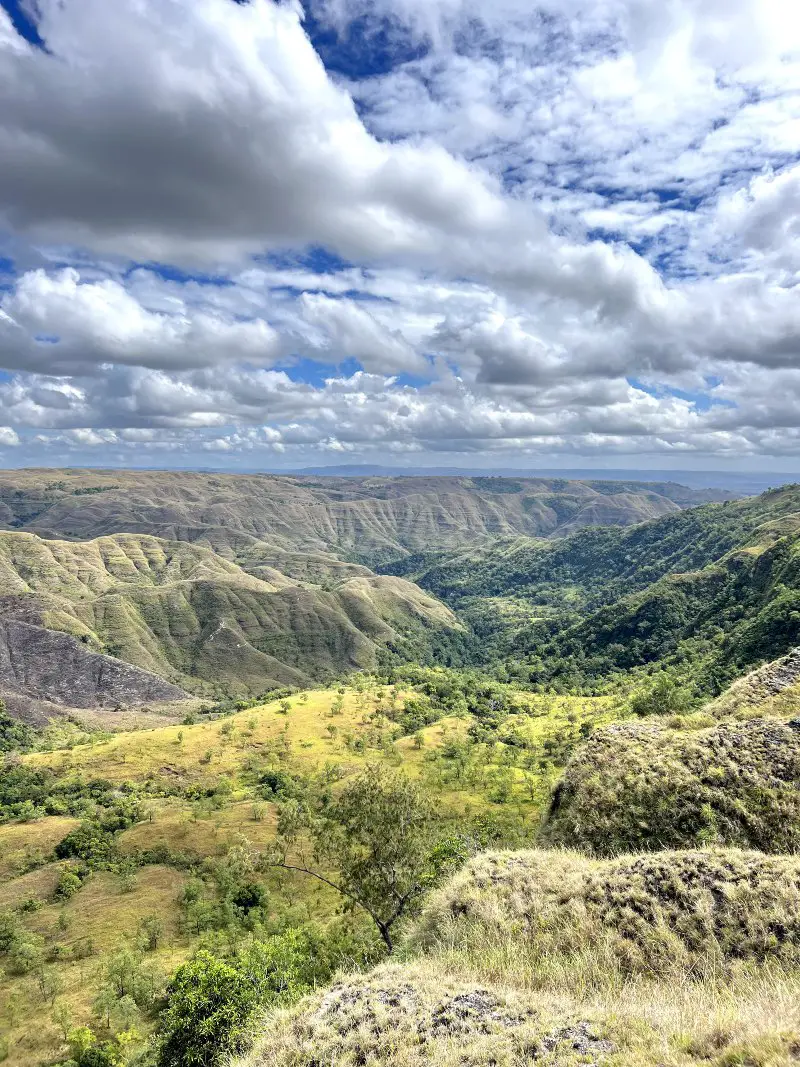
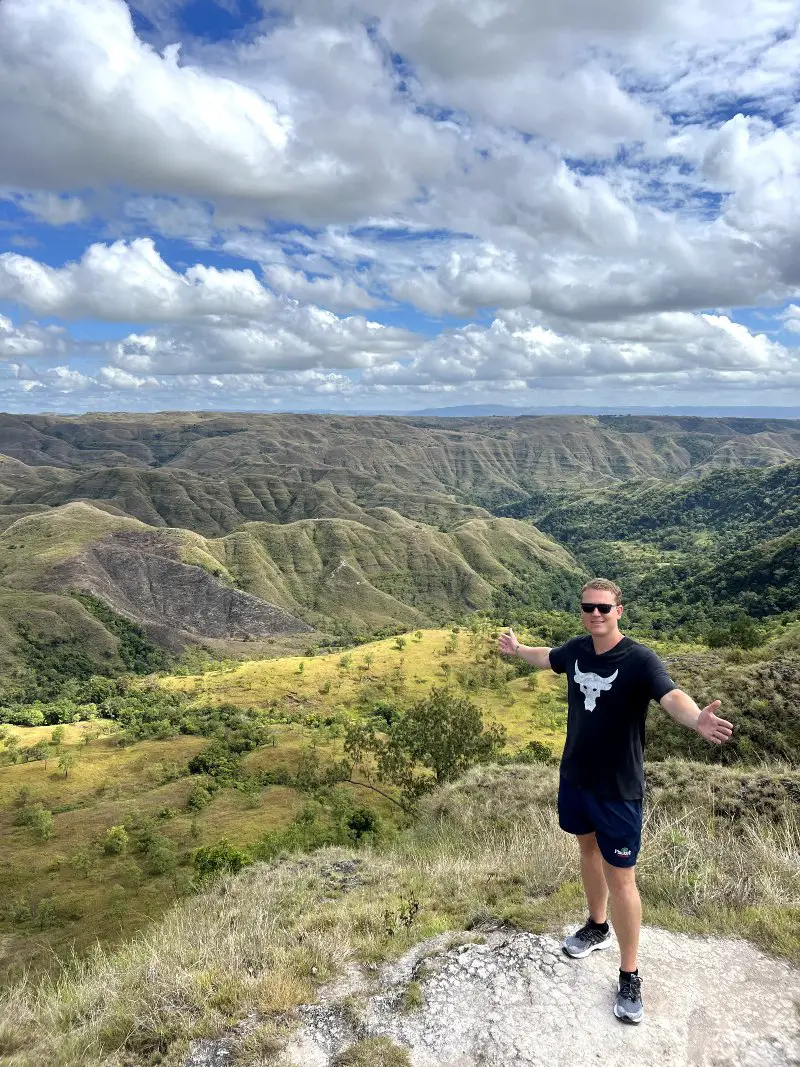
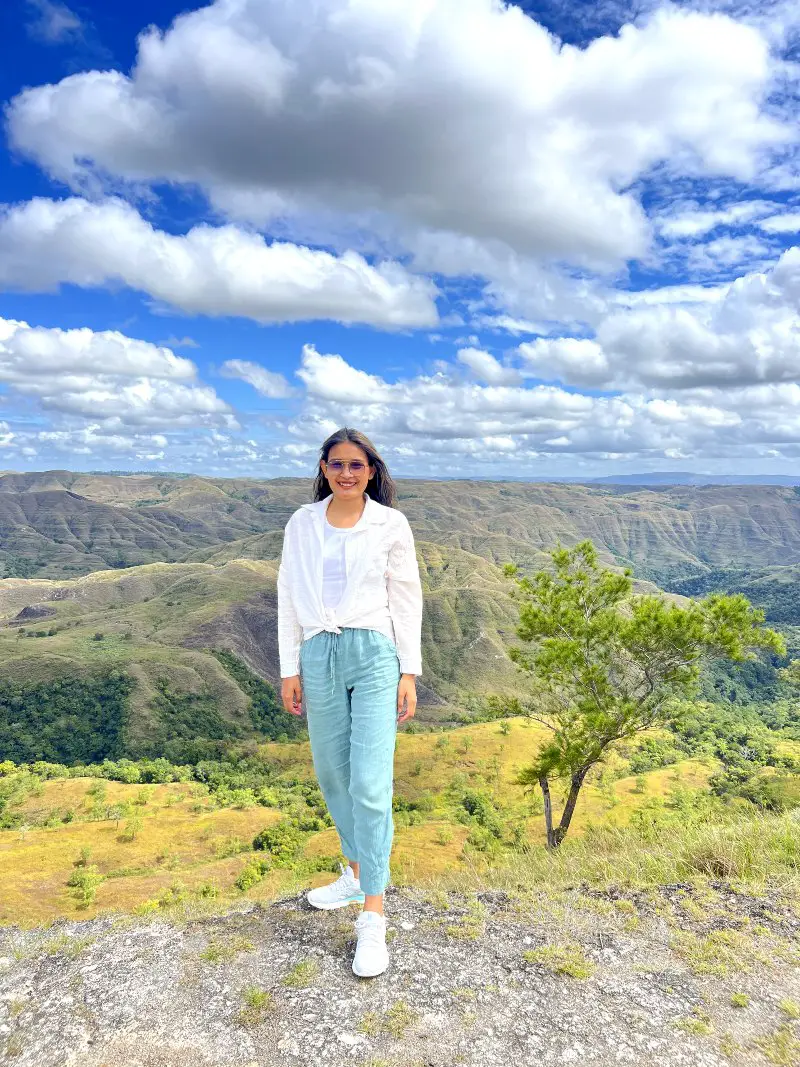
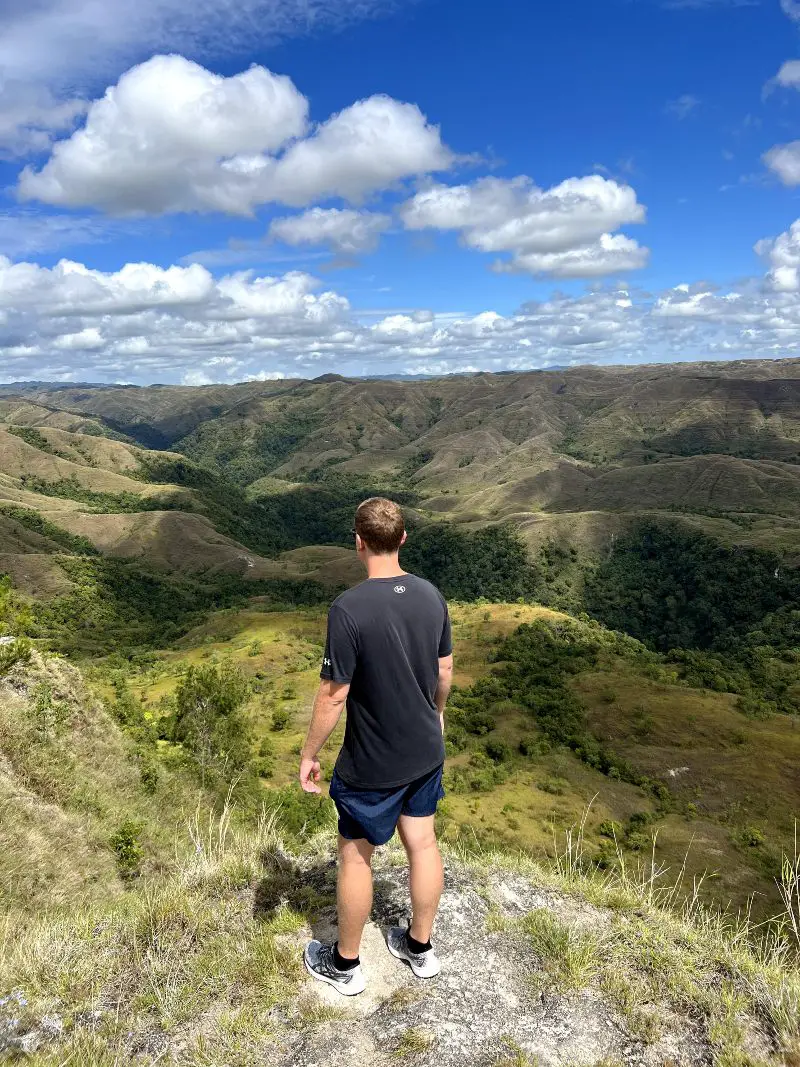
13. Ride the White Horse at Bukit Wairinding
Another hilltop viewpoint in the east that should be on your bucket list is Bukit Wairinding. The drive there is less impressive than Bukit Tanarara, however the views are arguably more captivating from the top. One unique aspect about this destination is the chance to jump on a white horse for a ride. The local guide there can set you up for photos for a small tip.
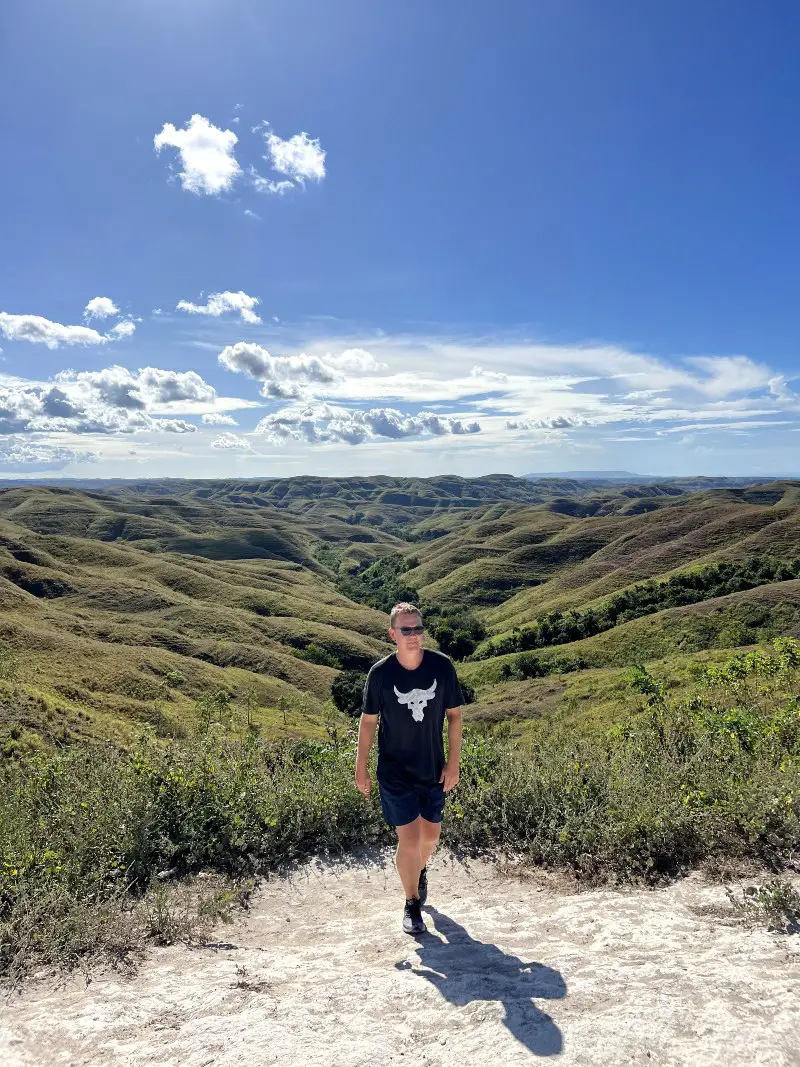
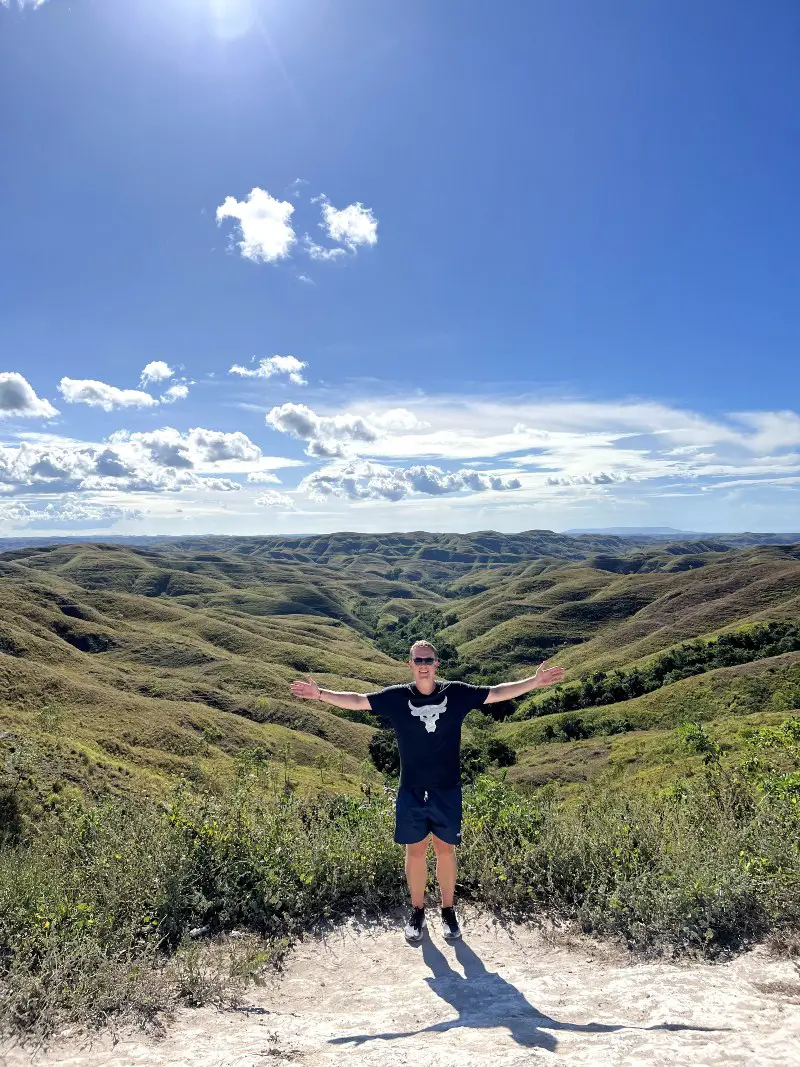
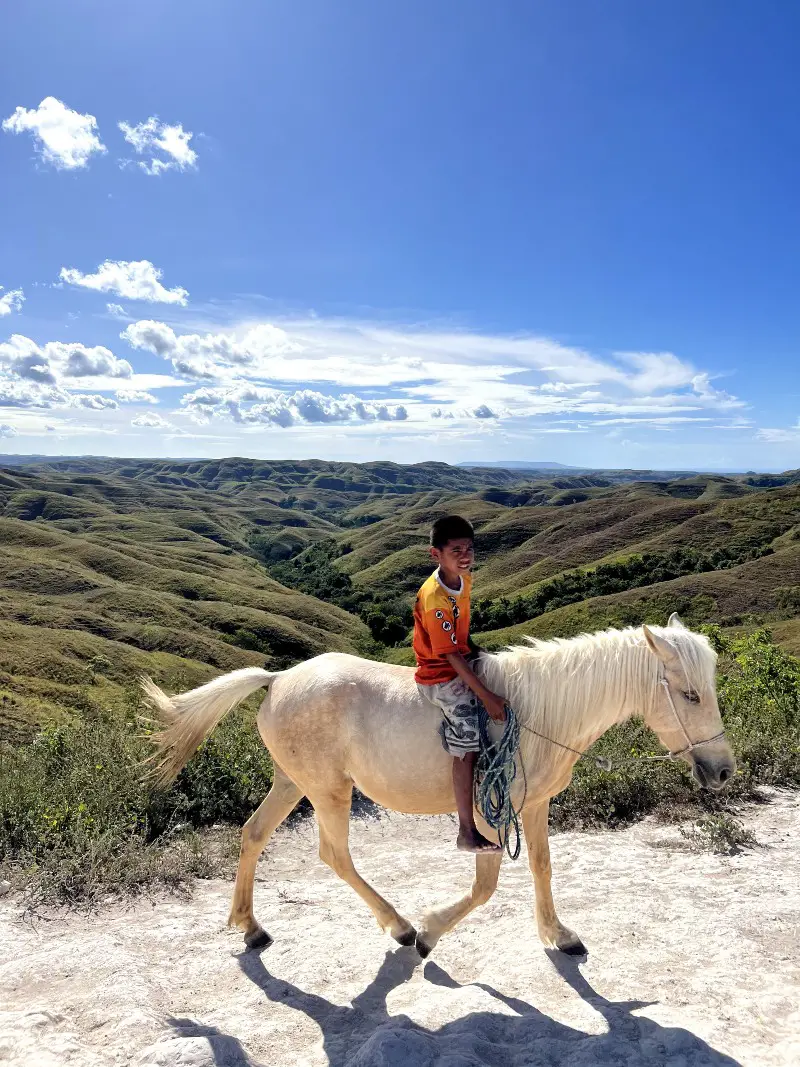
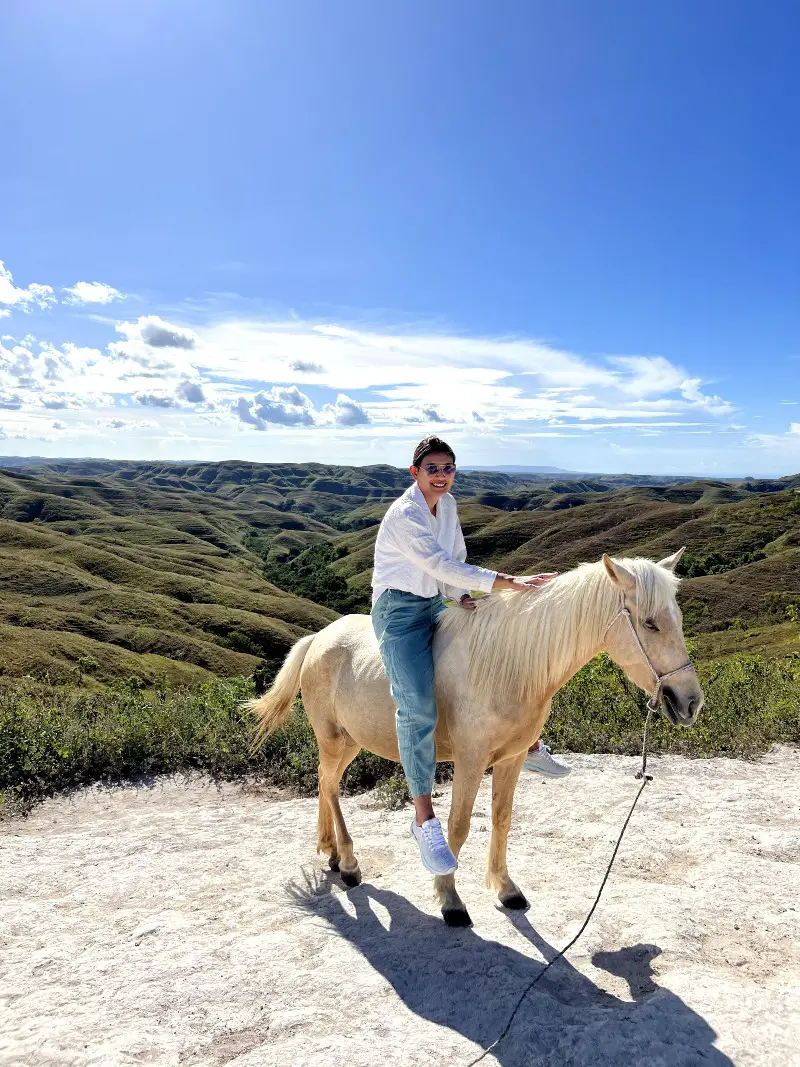
14. Capture Photos of the Dancing Trees at Low Tide
Sumba became famous on social media due to the photos creators were posting of the Dancing Trees, located at Walakiri Beach. These mangrove trees really do dance but you have to wait for the right setting to shoot them properly. Sunrise is a great time to go as you avoid the crowds of sunset. However, you need low tide conditions for the iconic water reflection photos of the trees. We visited during sunrise and the tide wasn’t quite low enough to get the desired effect. Still, it was a fun adventure.
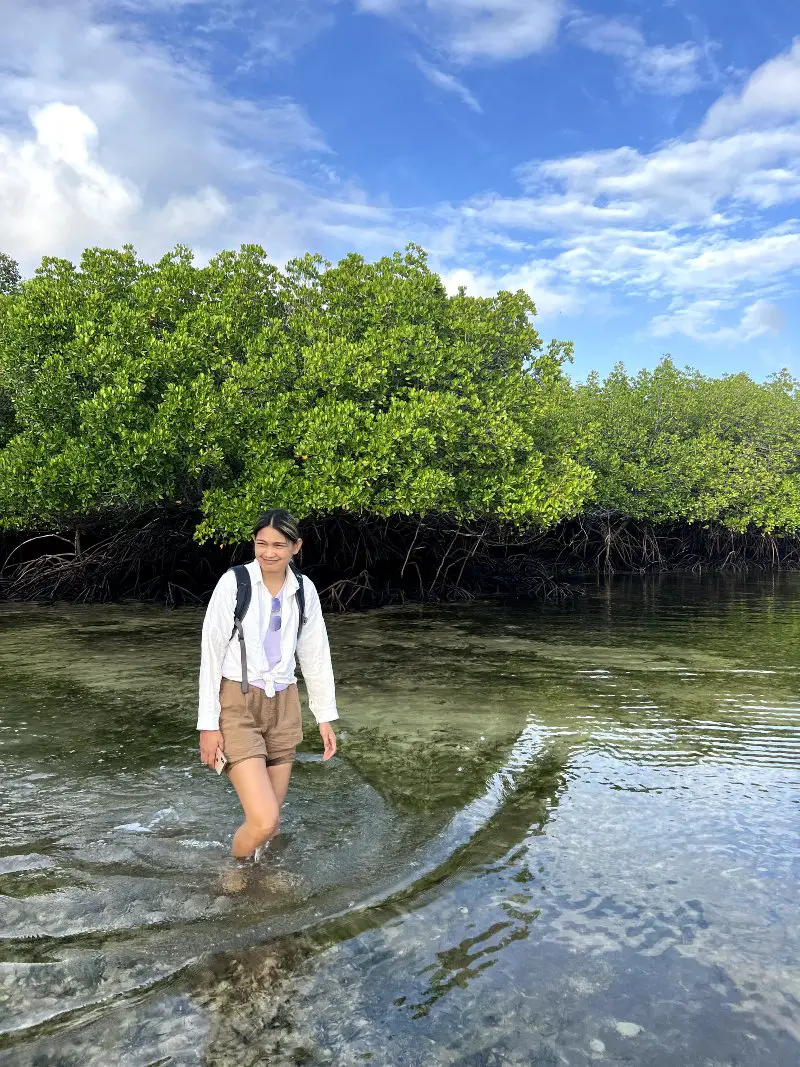
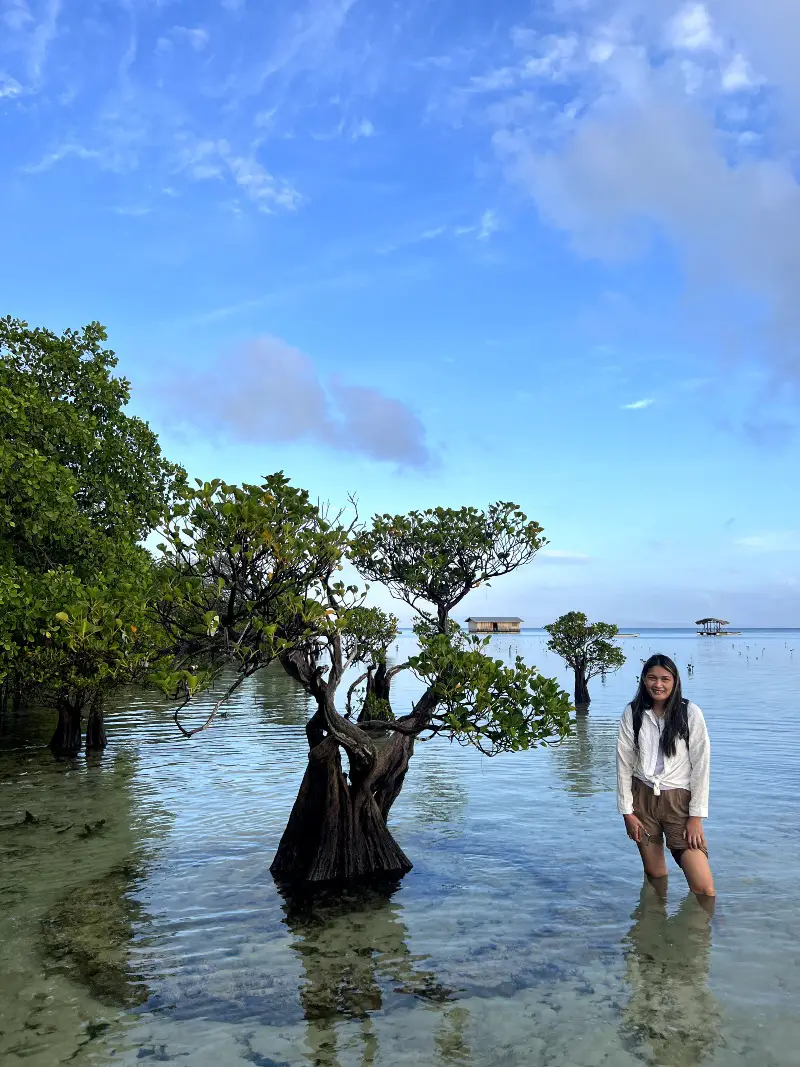
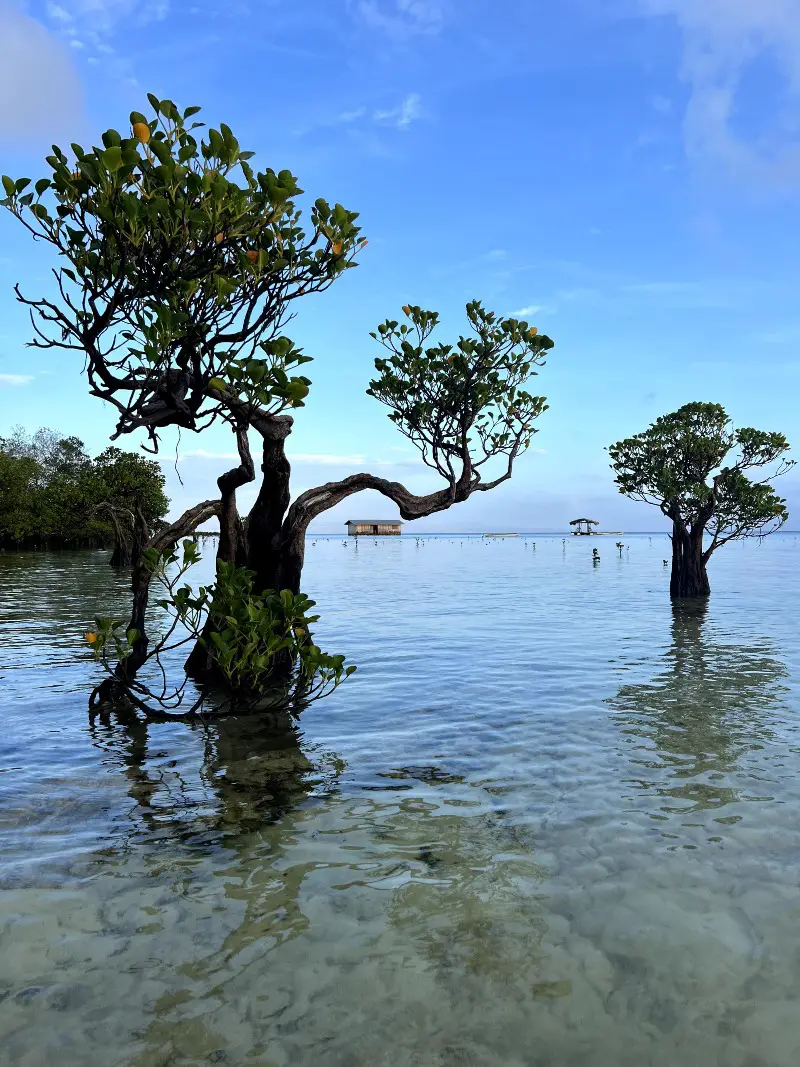
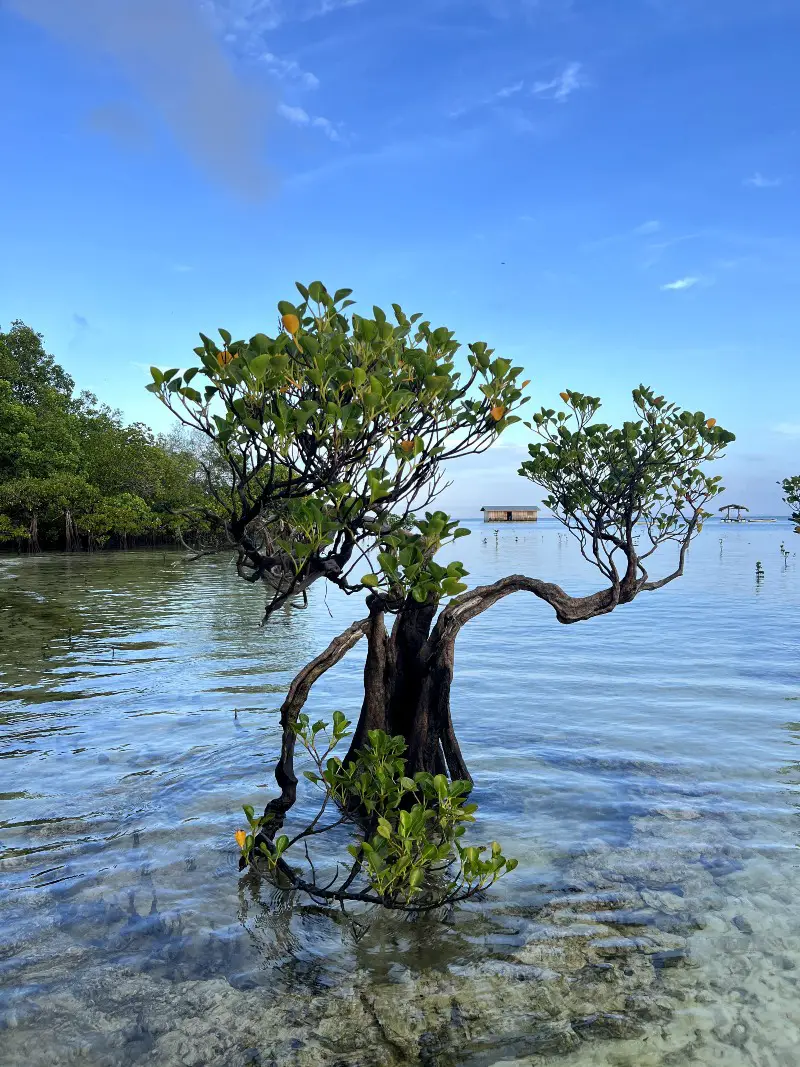
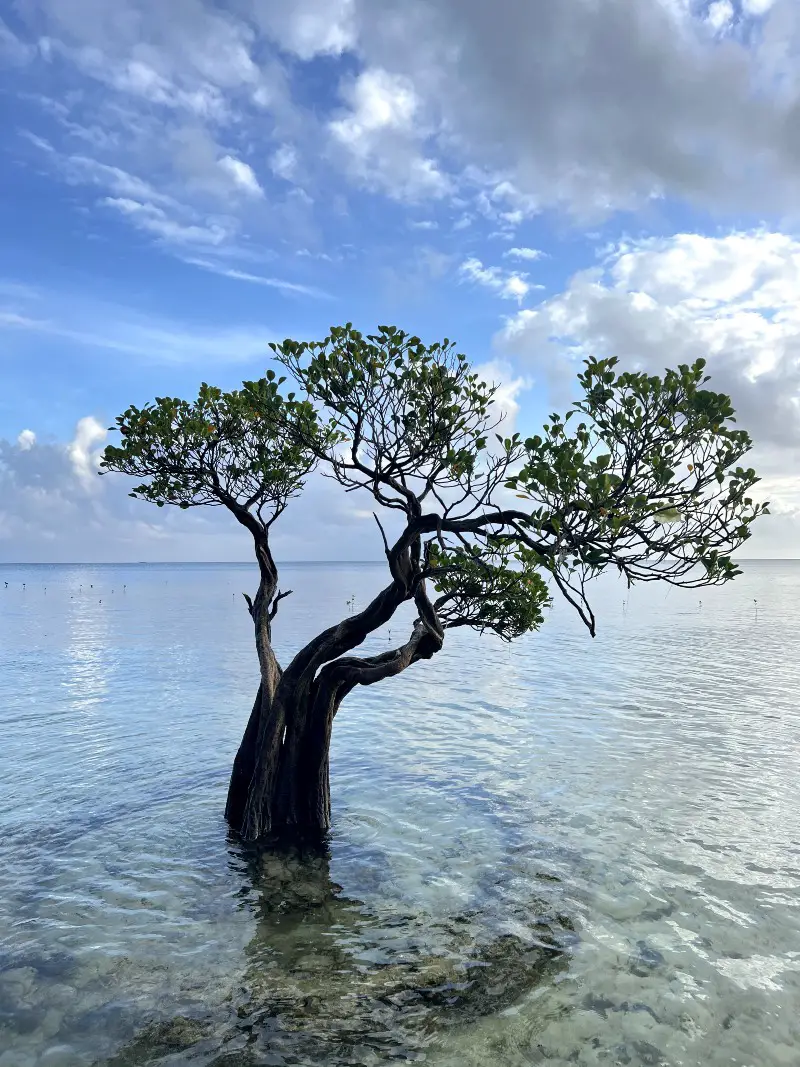
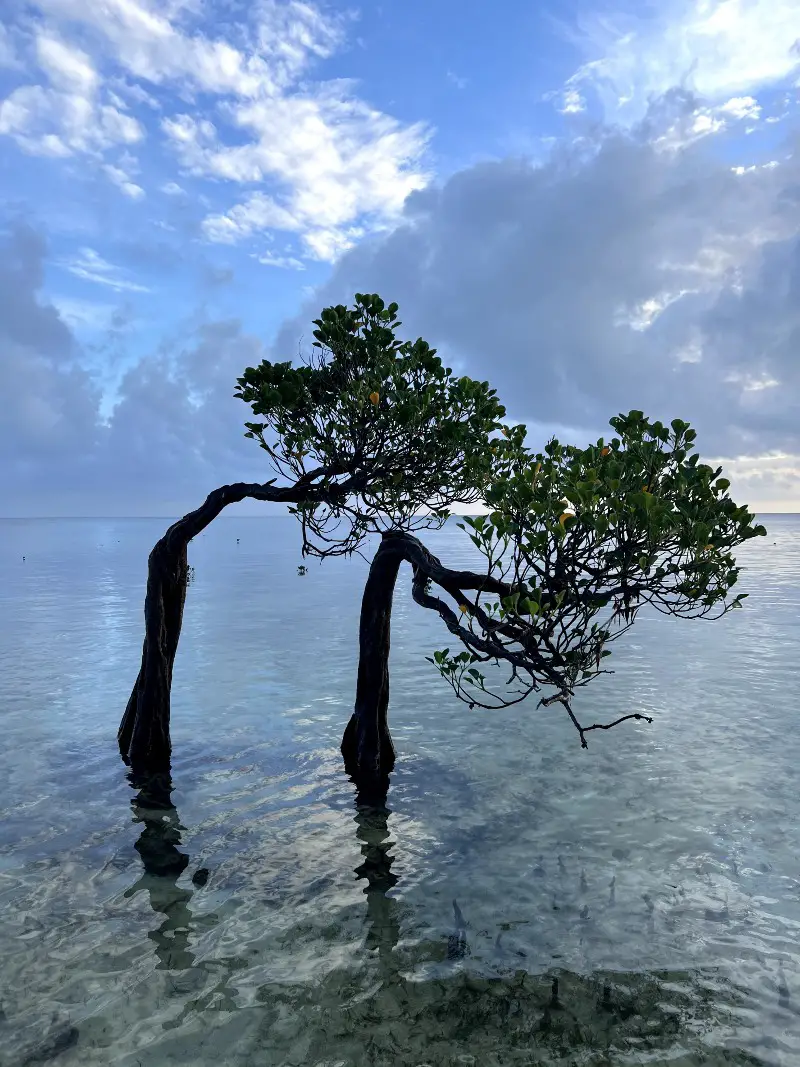
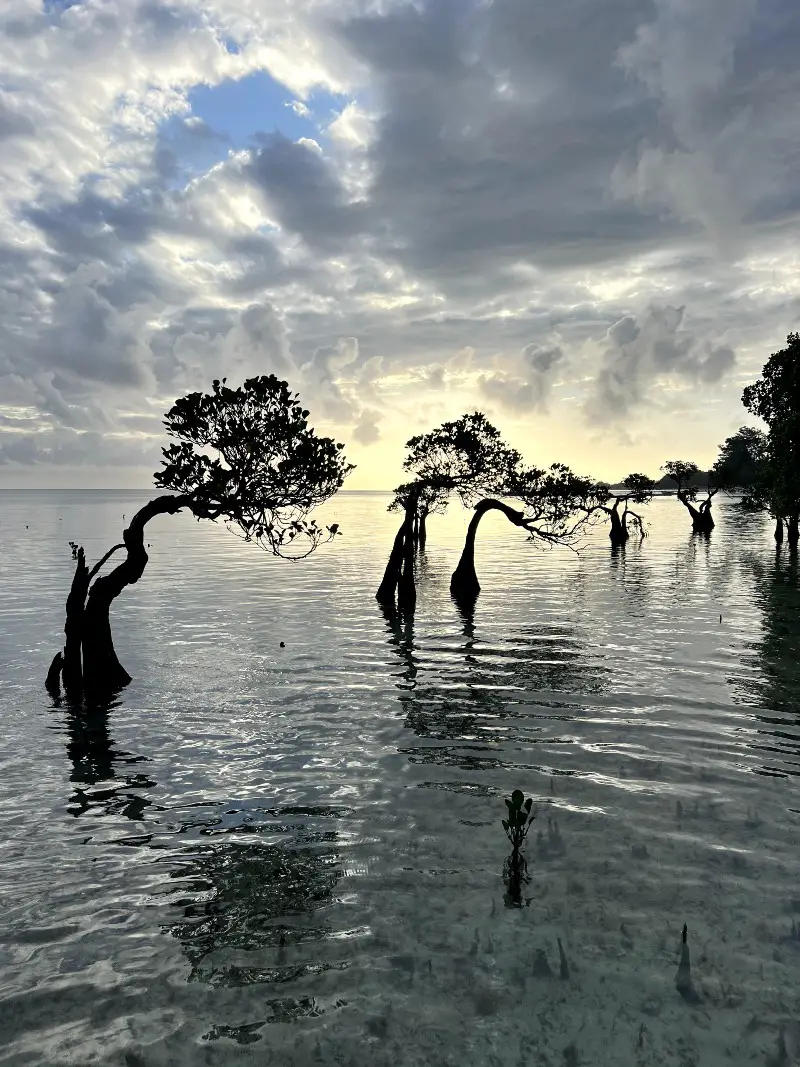
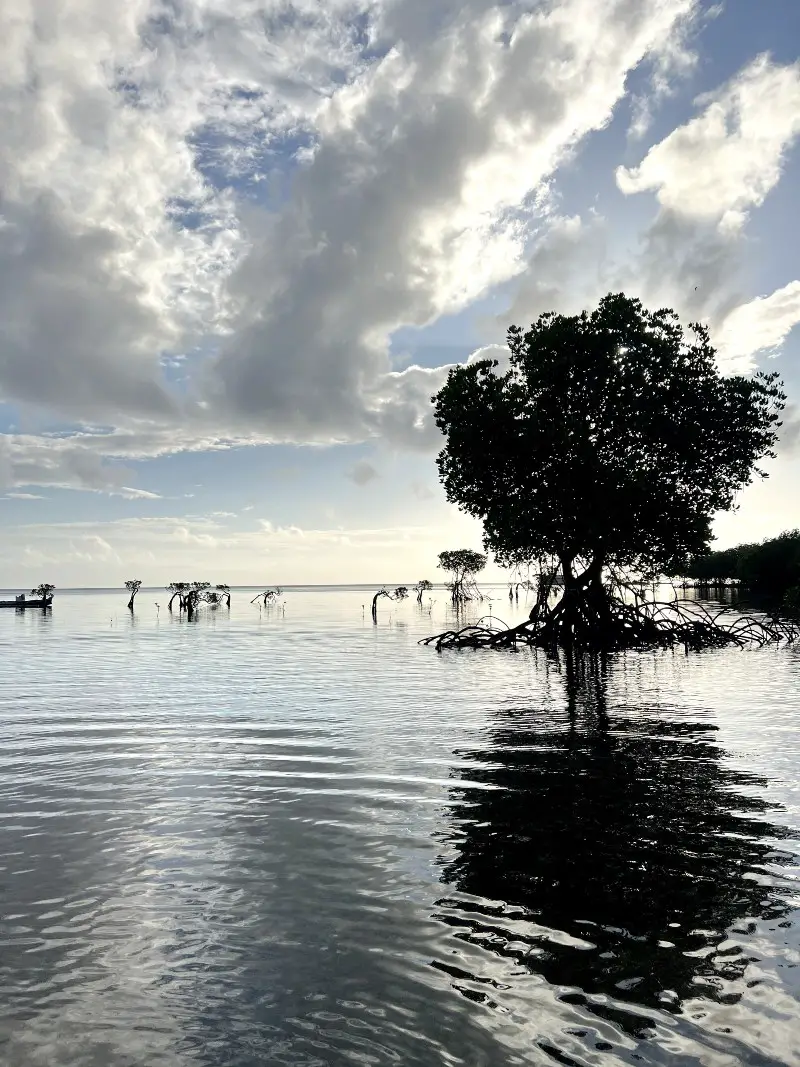
15. Get Transported to Africa at Savana Puru Kambera
Savana Puru Kambera is a cool place to check out if you want to contrast the evergreen landscapes of Sumba with some Savanna-like scenery. Boasting barren terrain and free-standing trees that look like they came straight out of Africa, Savana Puru Kambera is a unique experience for both landscape photographers and nature enthusiasts. Throw in a couple of wild horses and cattle, and the perfect Sumba picture is waiting for you.
16. Visit the “Grand Canyon of Sumba”, Tanggedu
Regarded as the “Grand Canyon of Sumba”, Tanggedu Waterfall is a must-do on every Sumba itinerary. The water flows from a low altitude and forms a collection of natural pools. You will need to walk along the canyon to find a suitable swimming spot since the flow gets swift in parts. The cliffs and rocks are the main highlight, as they possess unique patterns – a dream for photographers and filmmakers alike. Savana Puru Kambera is on the way to Tanggedu Waterfall, so you can tick off two activities in one go.
17. Go Swimming at the Pristine Wai Marang Waterfall
Only discovered five years ago, Wai Marang has been a well-kept secret in Sumba forever – but now it’s definitely on the radar of travelers and for good reason. This cozy waterfall spoils you with pure, greenish-blue water sitting in a pristine natural pool. While the waterfall itself is rather small, it makes up for it with its intense colors and interesting photo opportunities.
18. Marvel at the Churches Dotted Across Sumba
One thing you will notice as you drive around Sumba, on both the east and west sides, is the prevalence of churches. After all, two thirds of the people identify as Christians – while the remainder are Marafu or Muslim. This makes for a distinct contrast if you are coming from Bali because the “Island of the Gods” is of course predominantly Hindu. The churches of Sumba are magnificent, so be sure to stop and appreciate their beauty.
